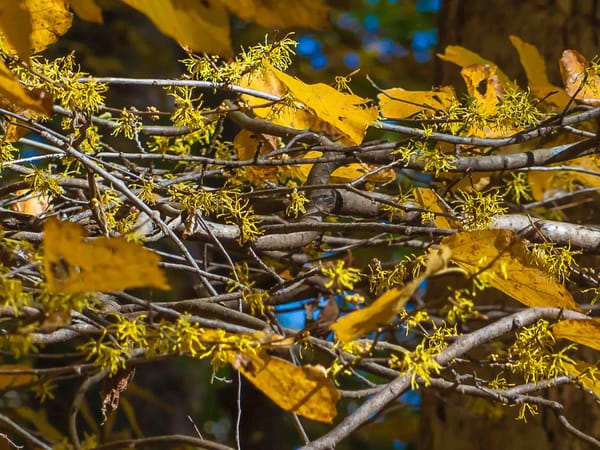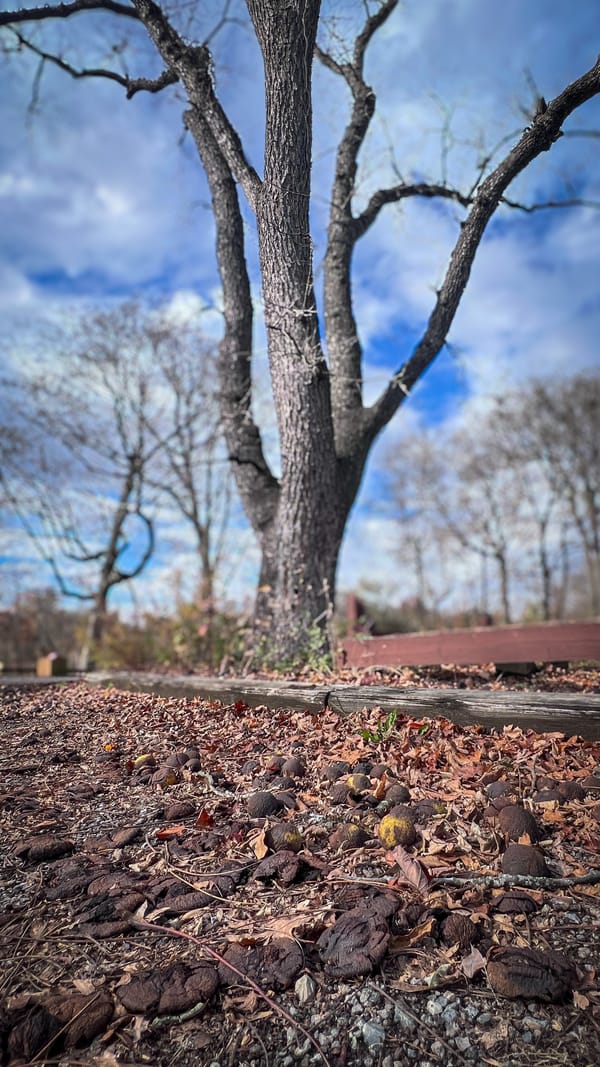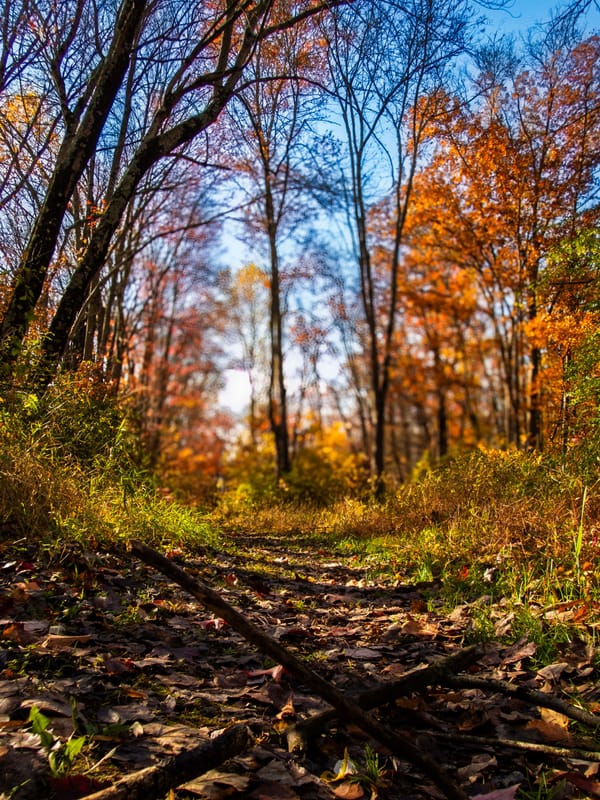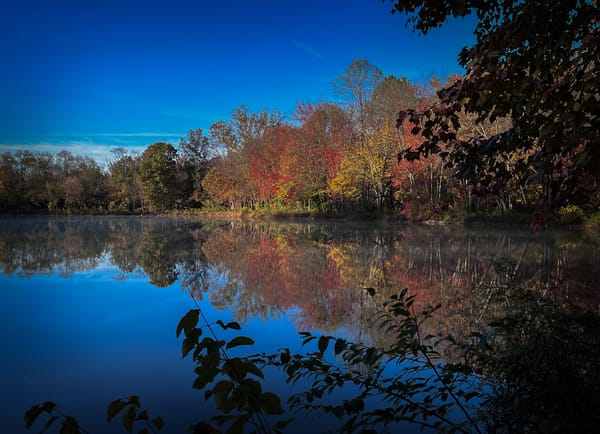This Week at Nixon Park - July 14-21
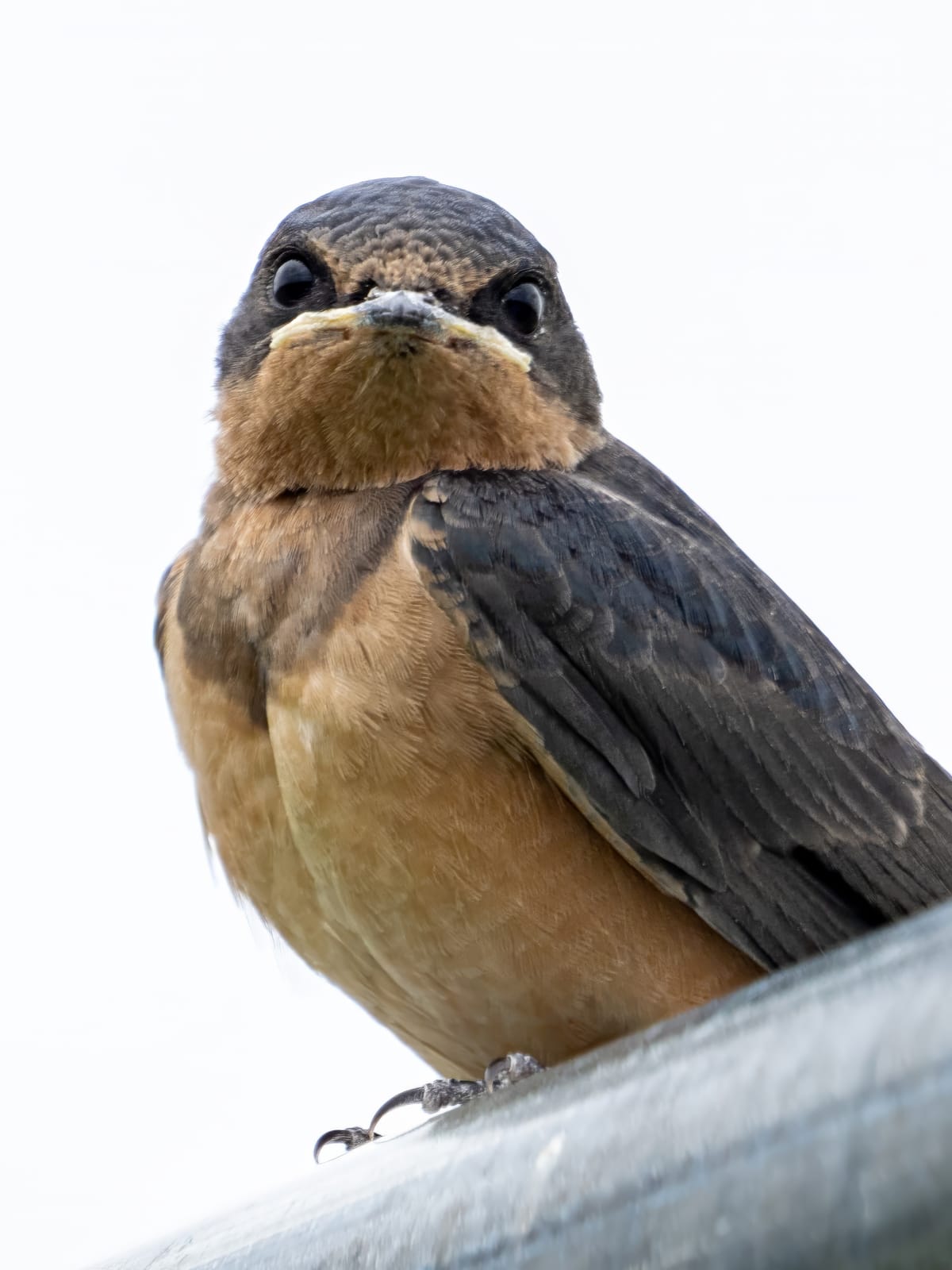
The long, hot, humid days have and frequent rain make for a vibrant green July. As summer flowers proliferate so do the bees and wasps. Dragonfly and damselfly season is in high gear supplying a source of food for many birds.
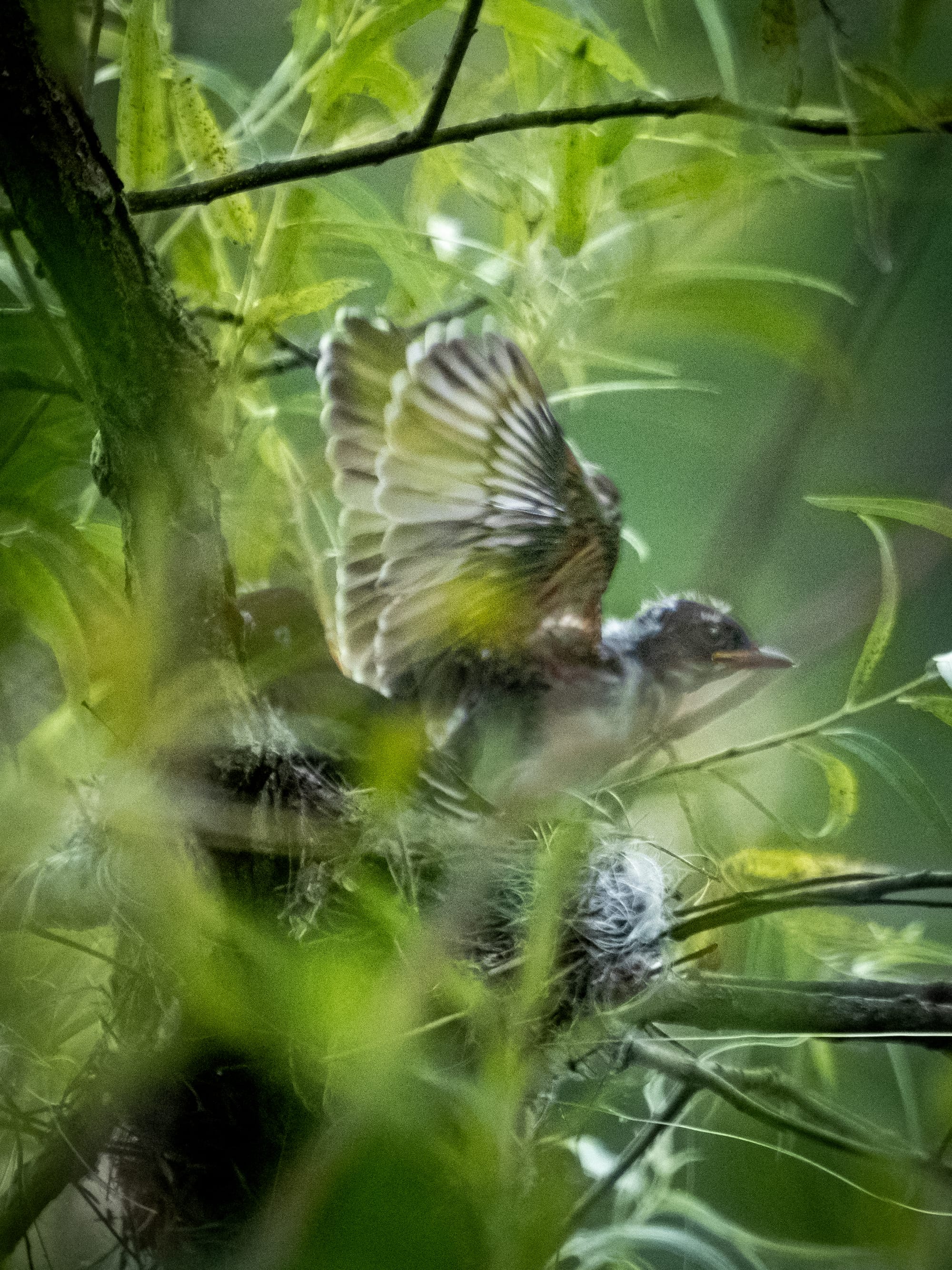
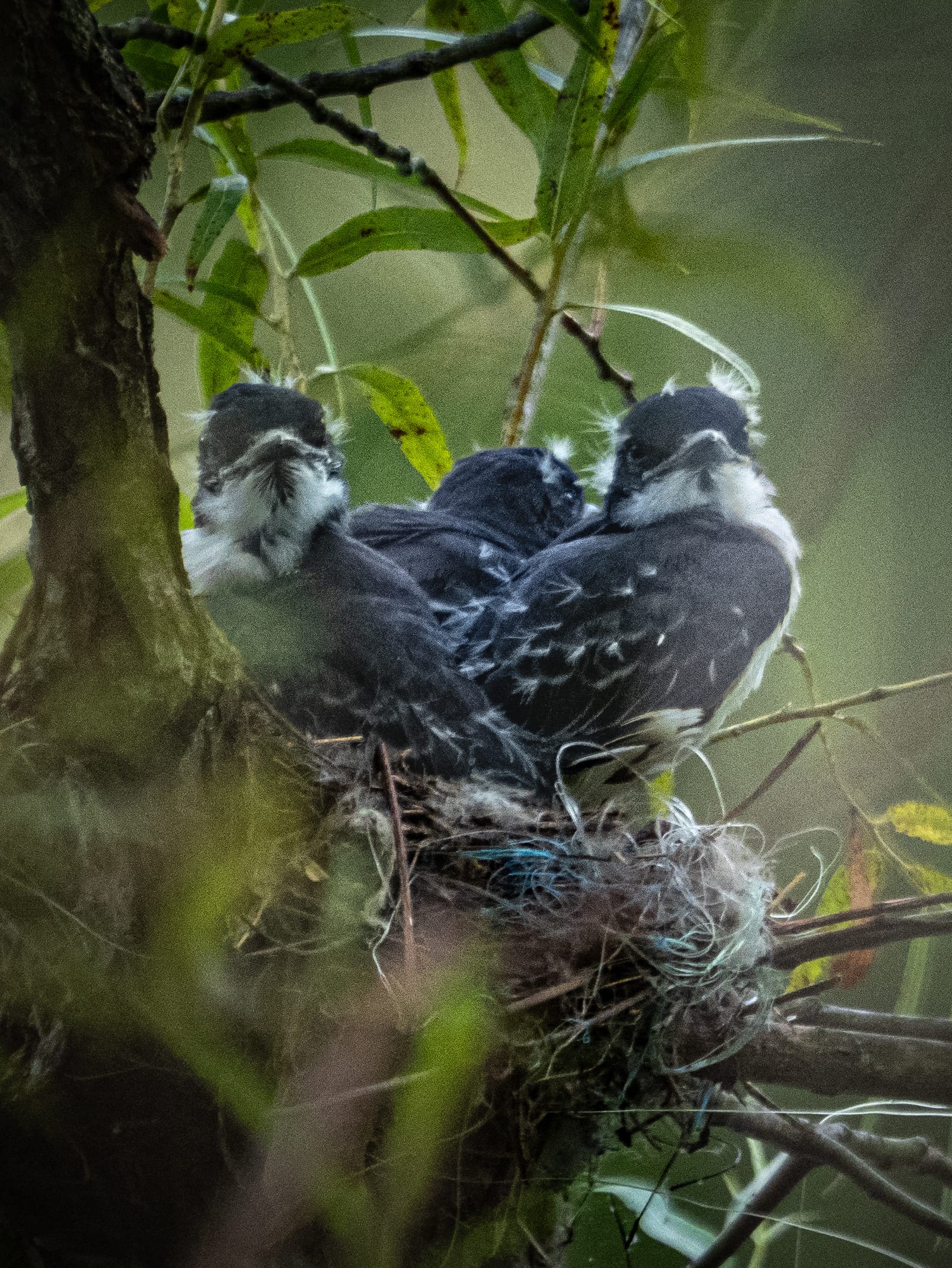
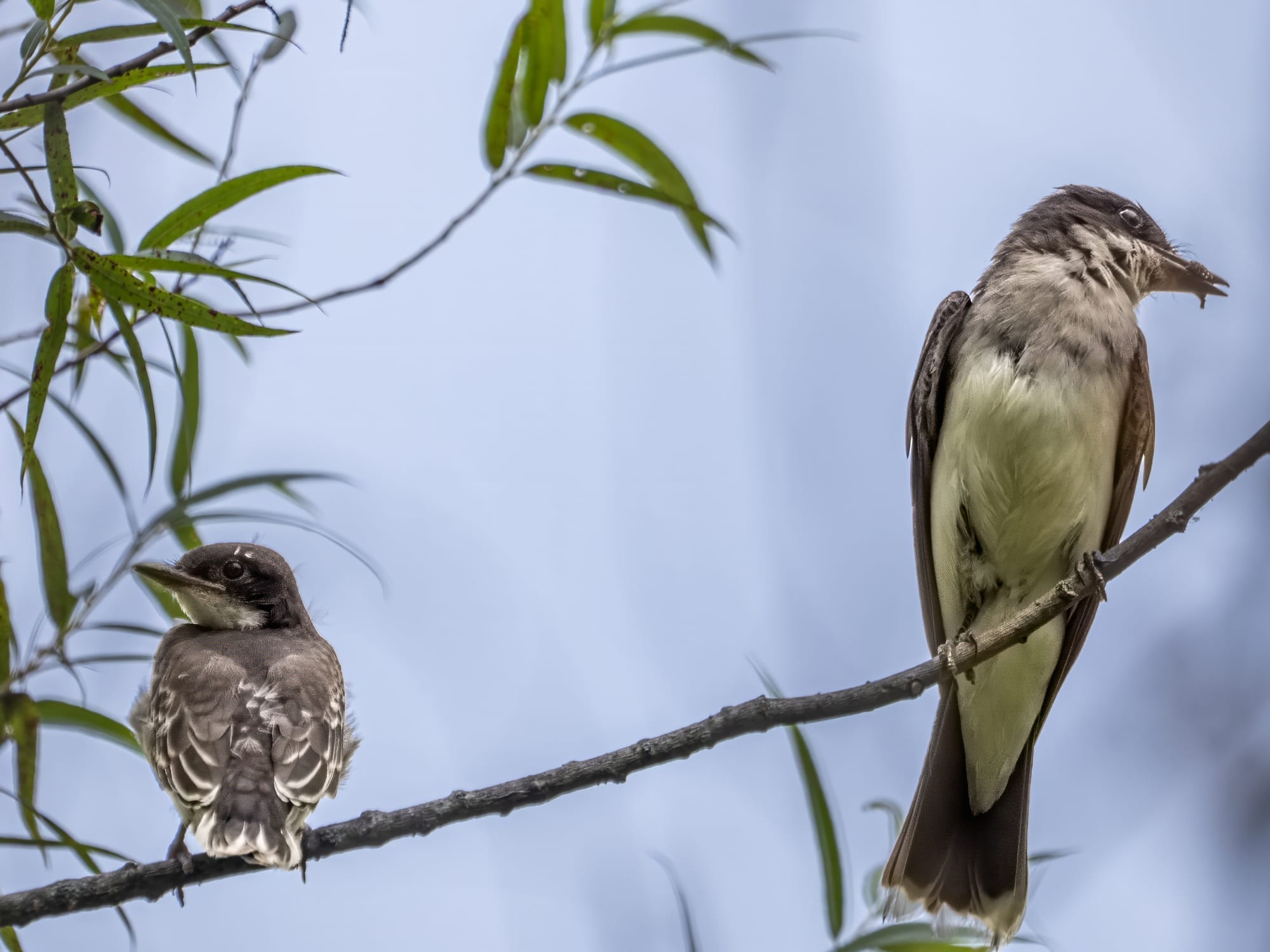
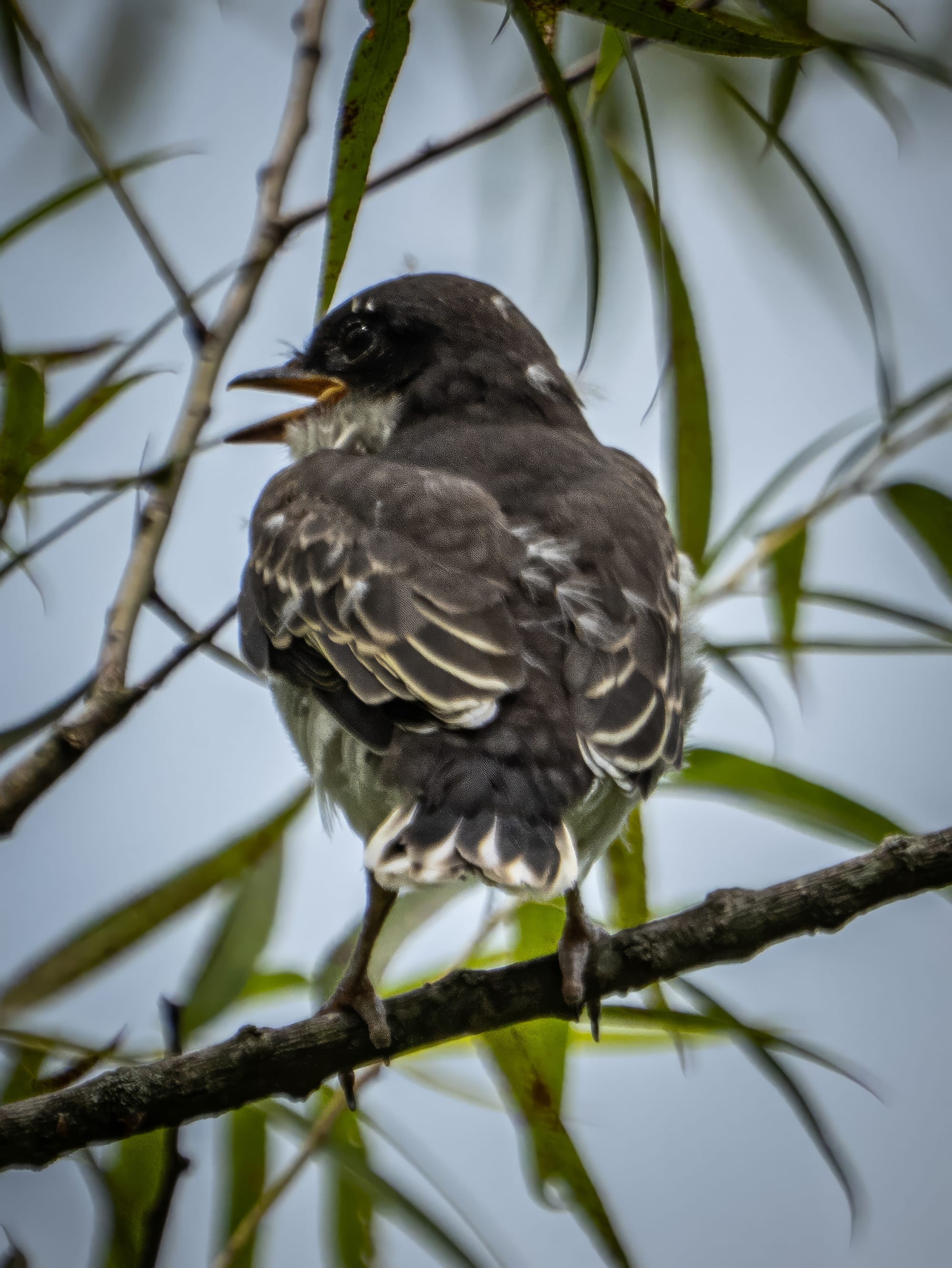
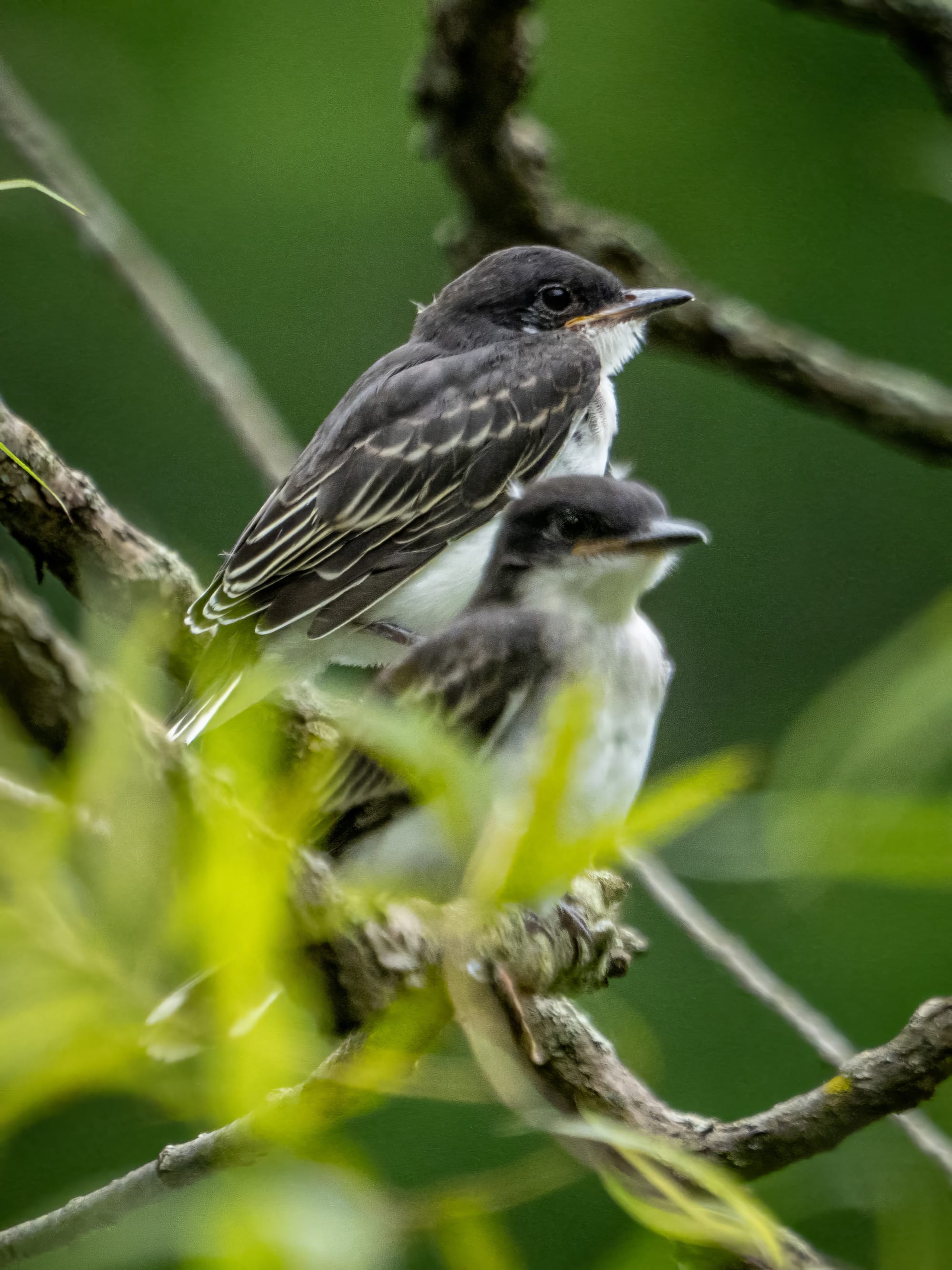
Kingbirds
This week the Kingbird nestlings flexed their wings, shook off the last of their down, and became fledglings. The Adults will continue to feed them for the next month or so.
I have heard them more often than seen them this week, but I did get a few shots. In the first two pictures they are still in the nest trying out their new wing feathers. Soon they were making their flights to branches near the nest, being well looked after by their parents. Within a day or two they were on the wing nearing the time they can fend for themselves.
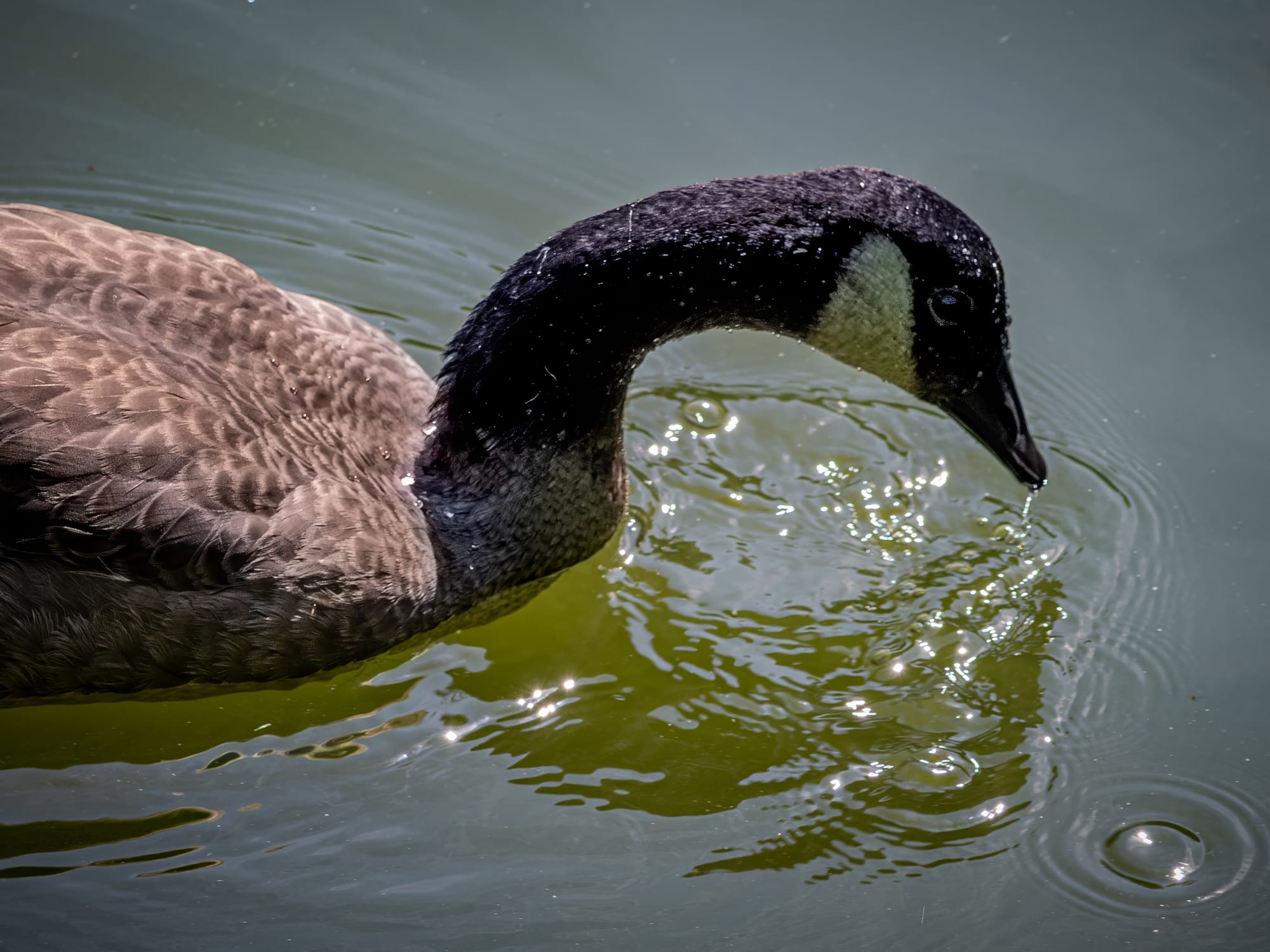
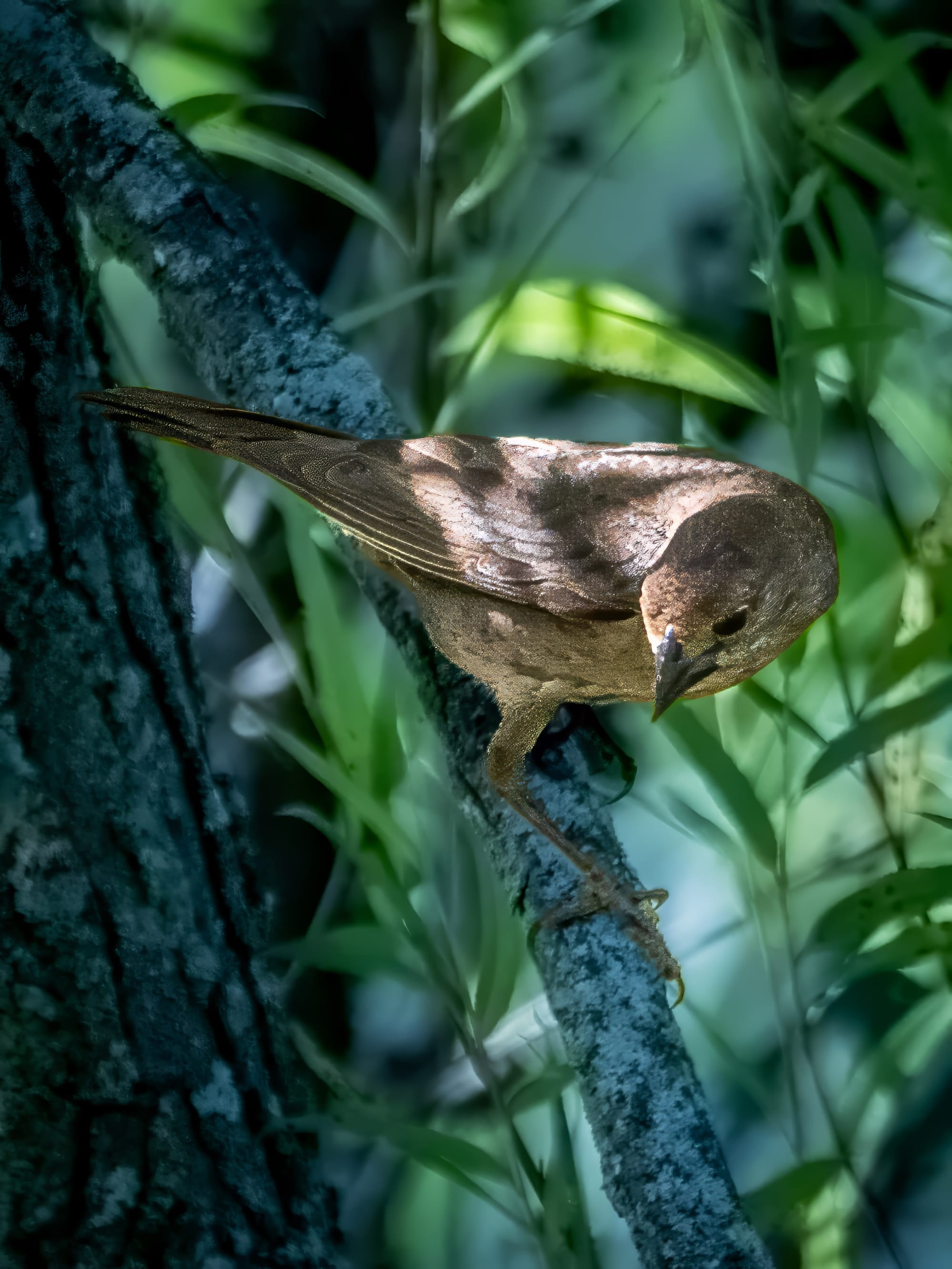
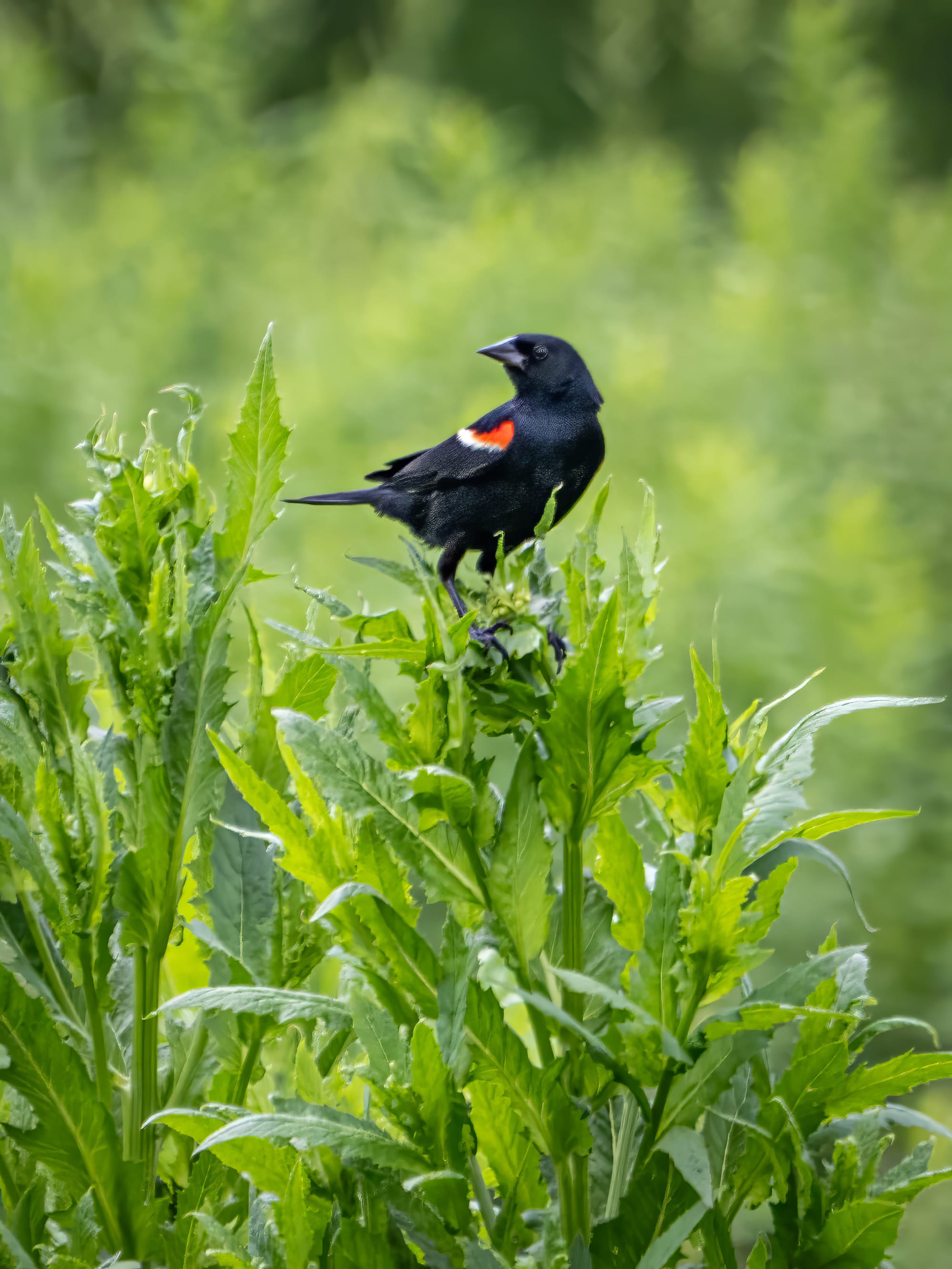
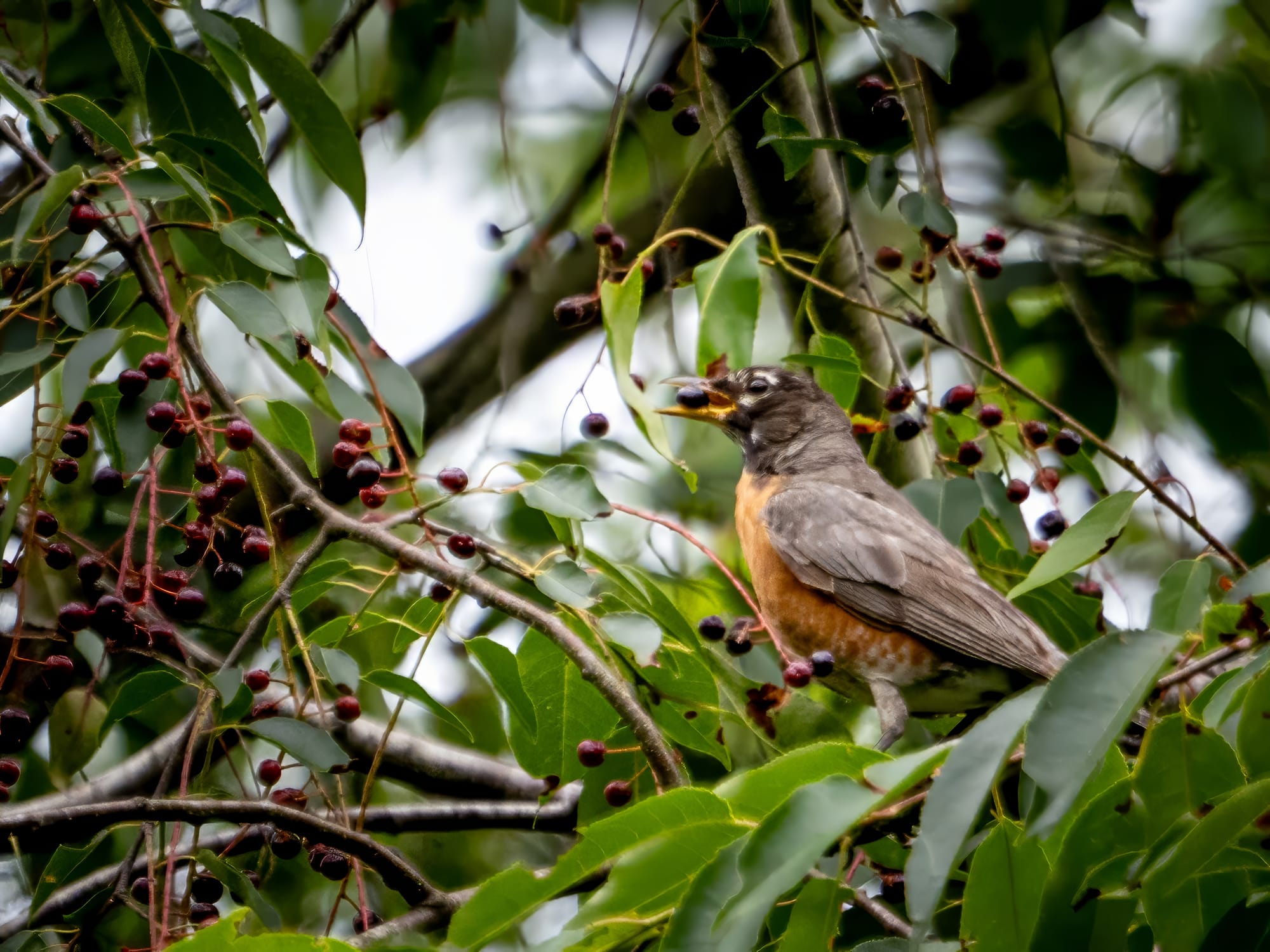
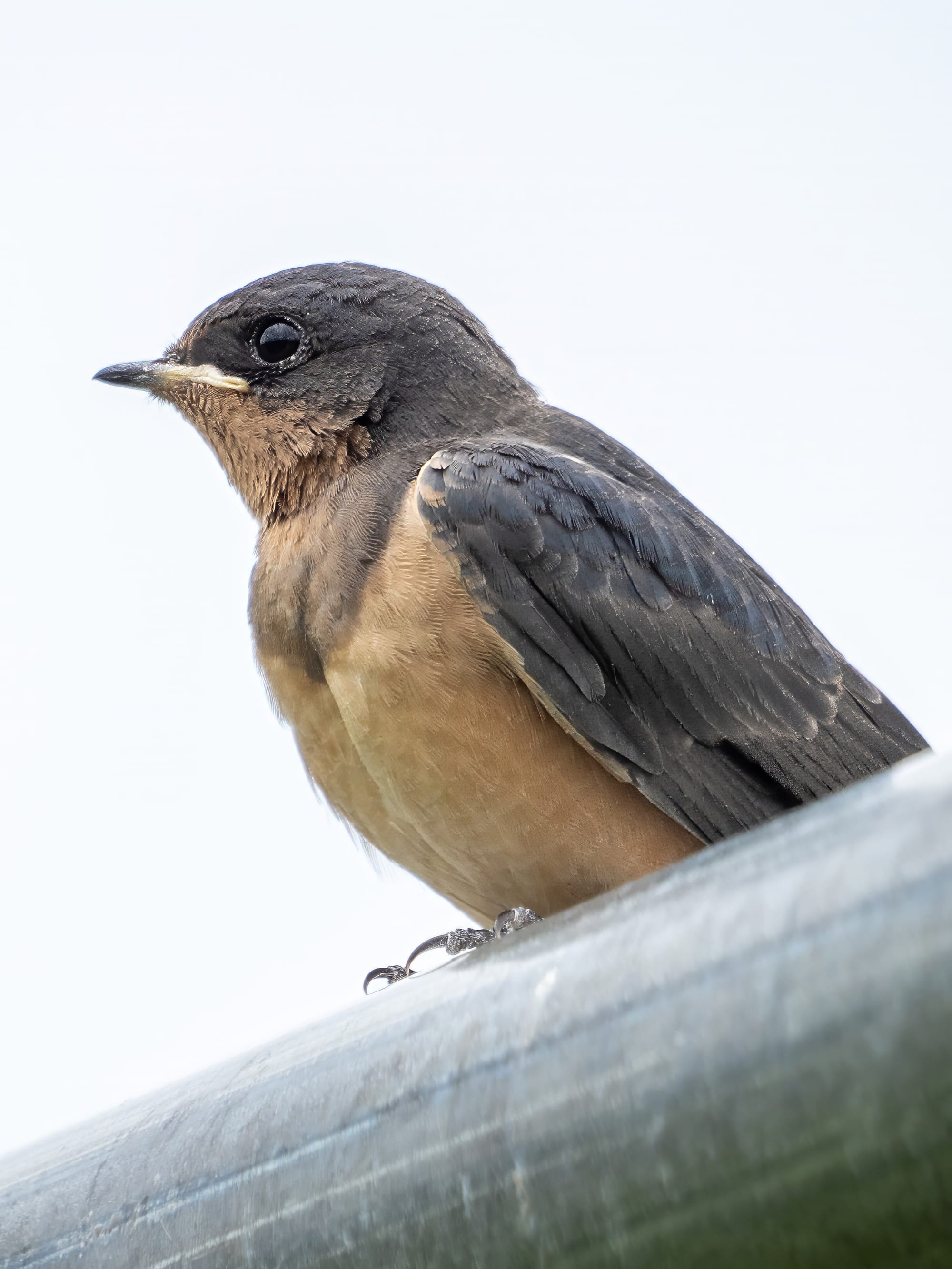
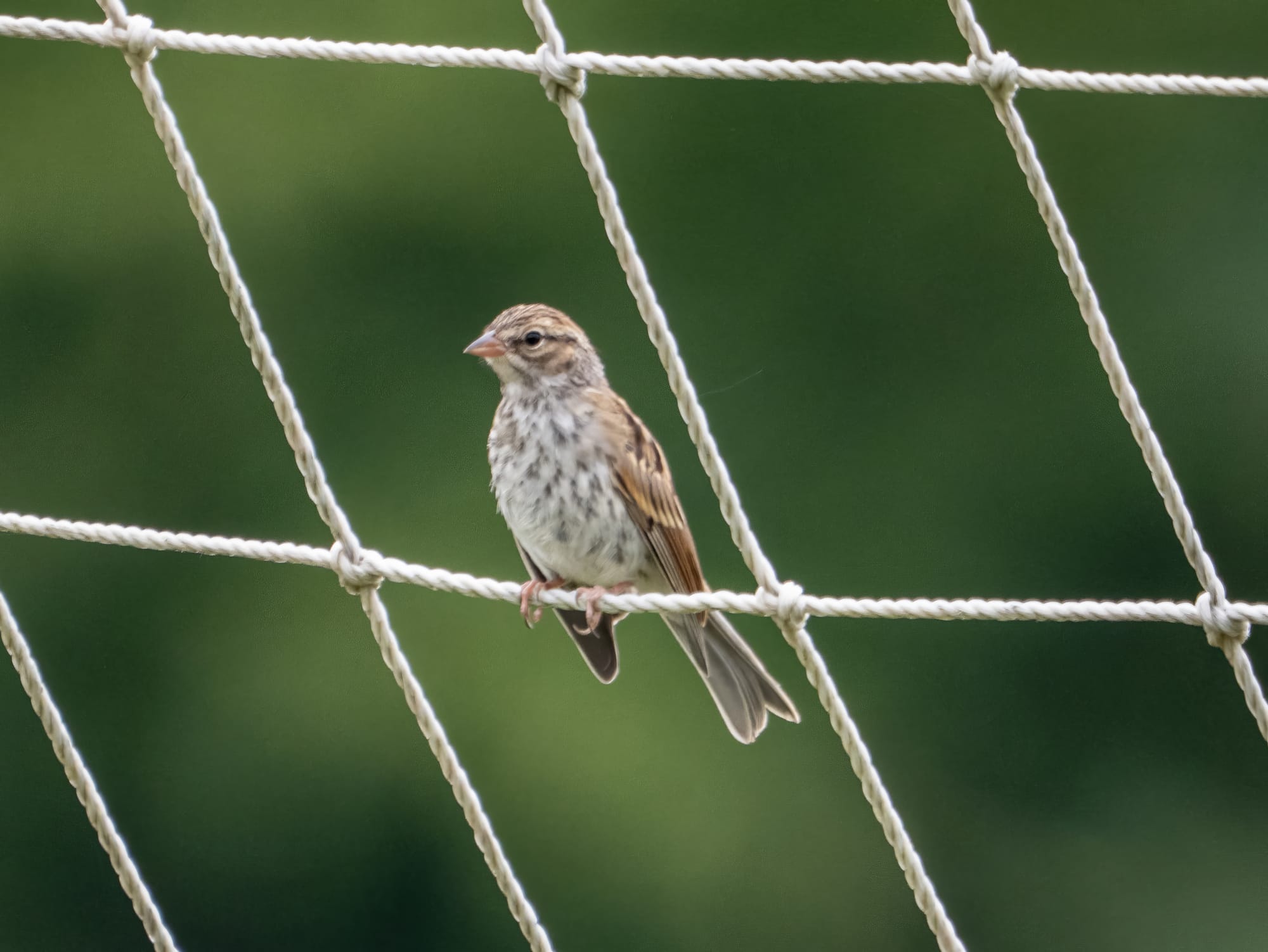
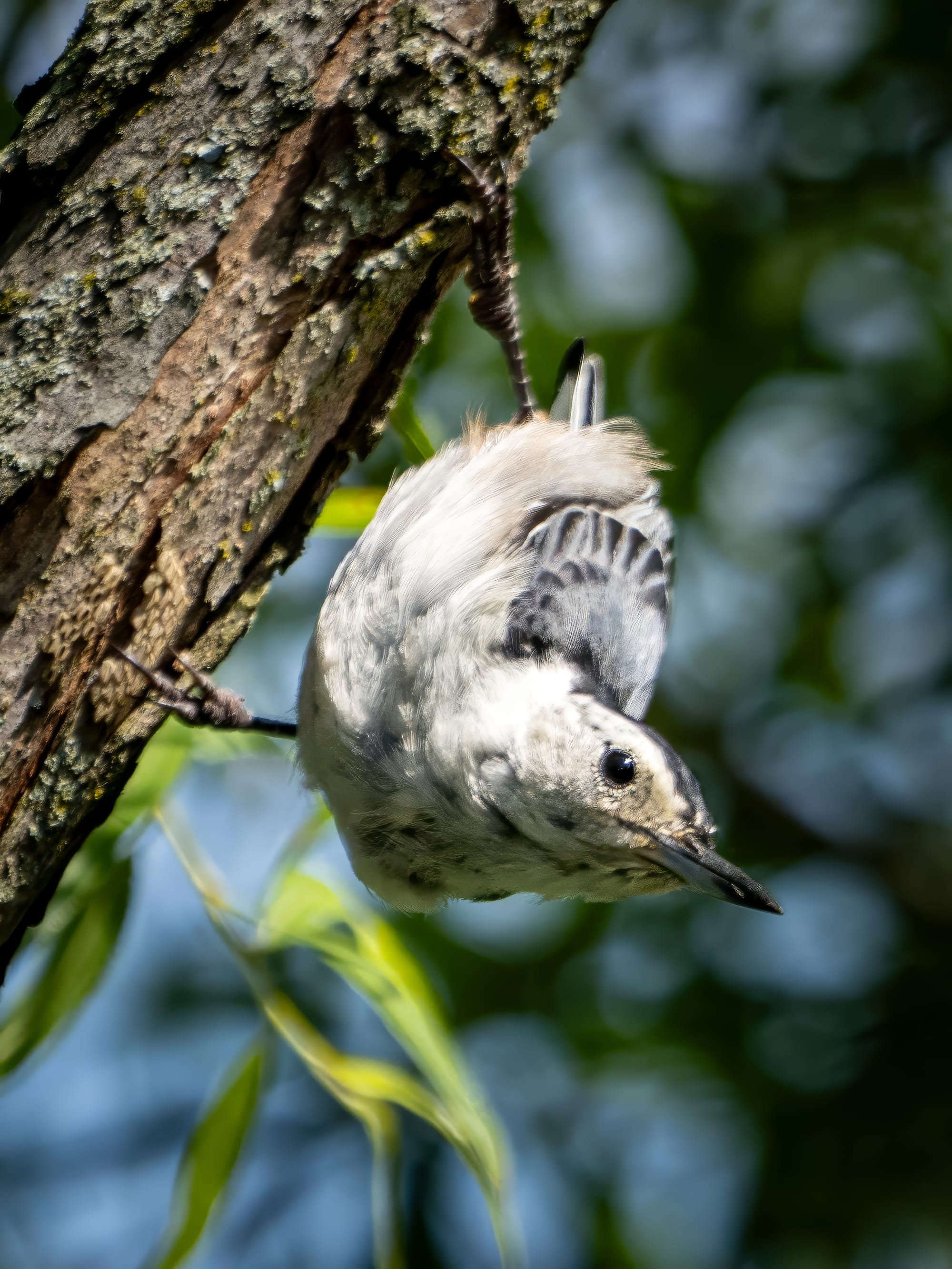
Canada Goose, Brown-headed Cow Bird, Red-winged Blackbird, Robin foraging for black cherries, Barn Swallow, Chipping Sparrow, White-breasted Nuthatch
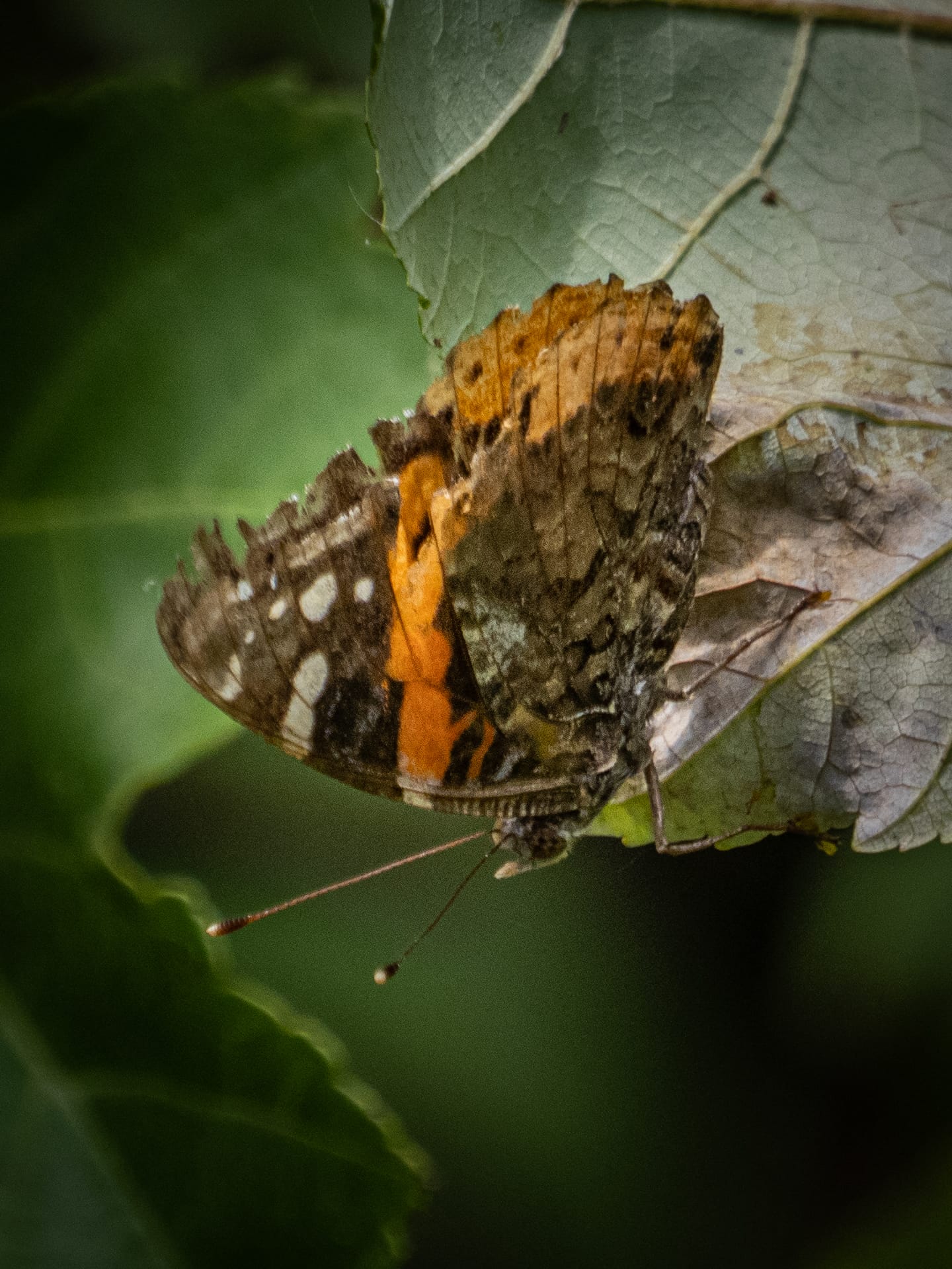
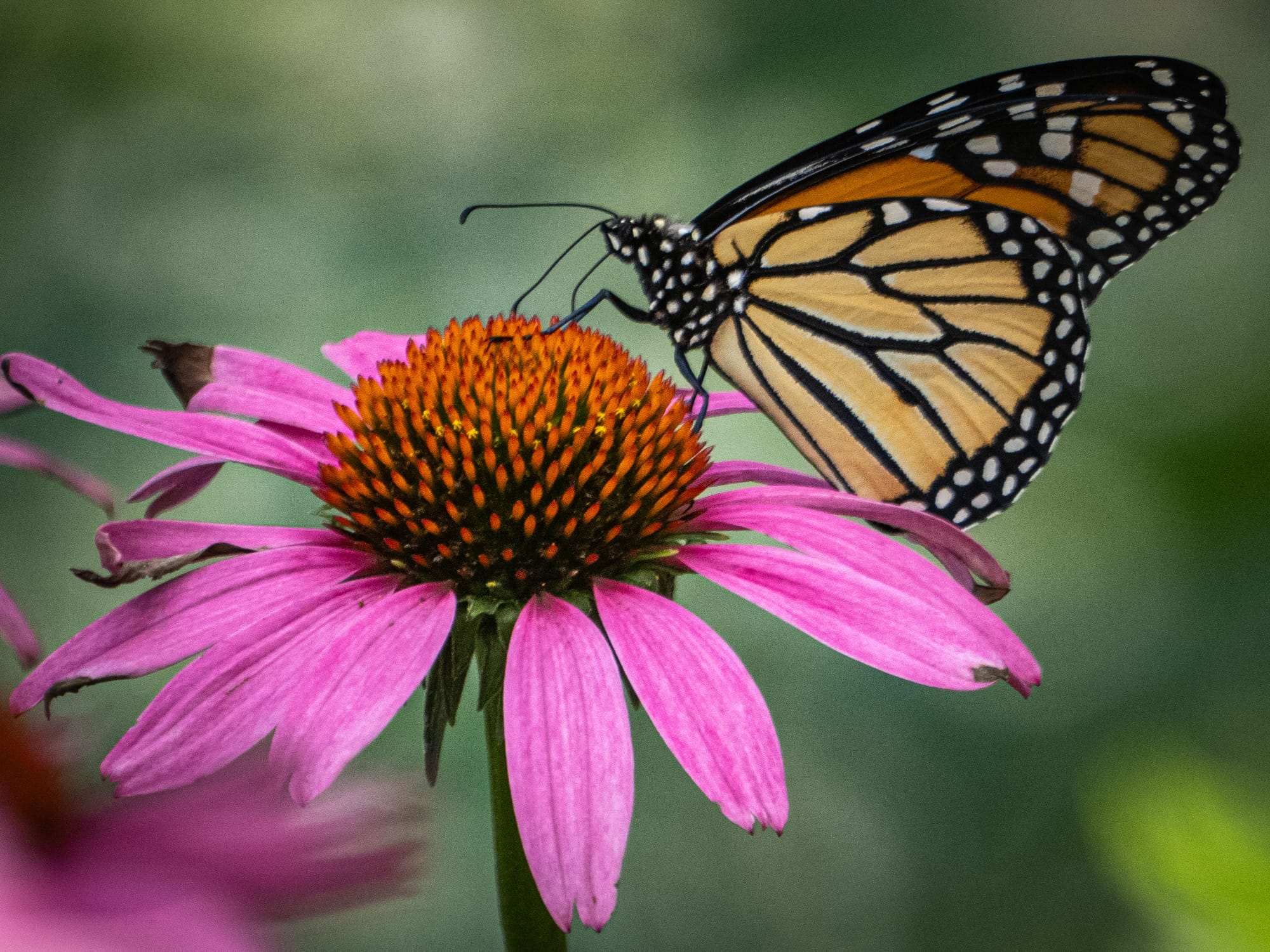
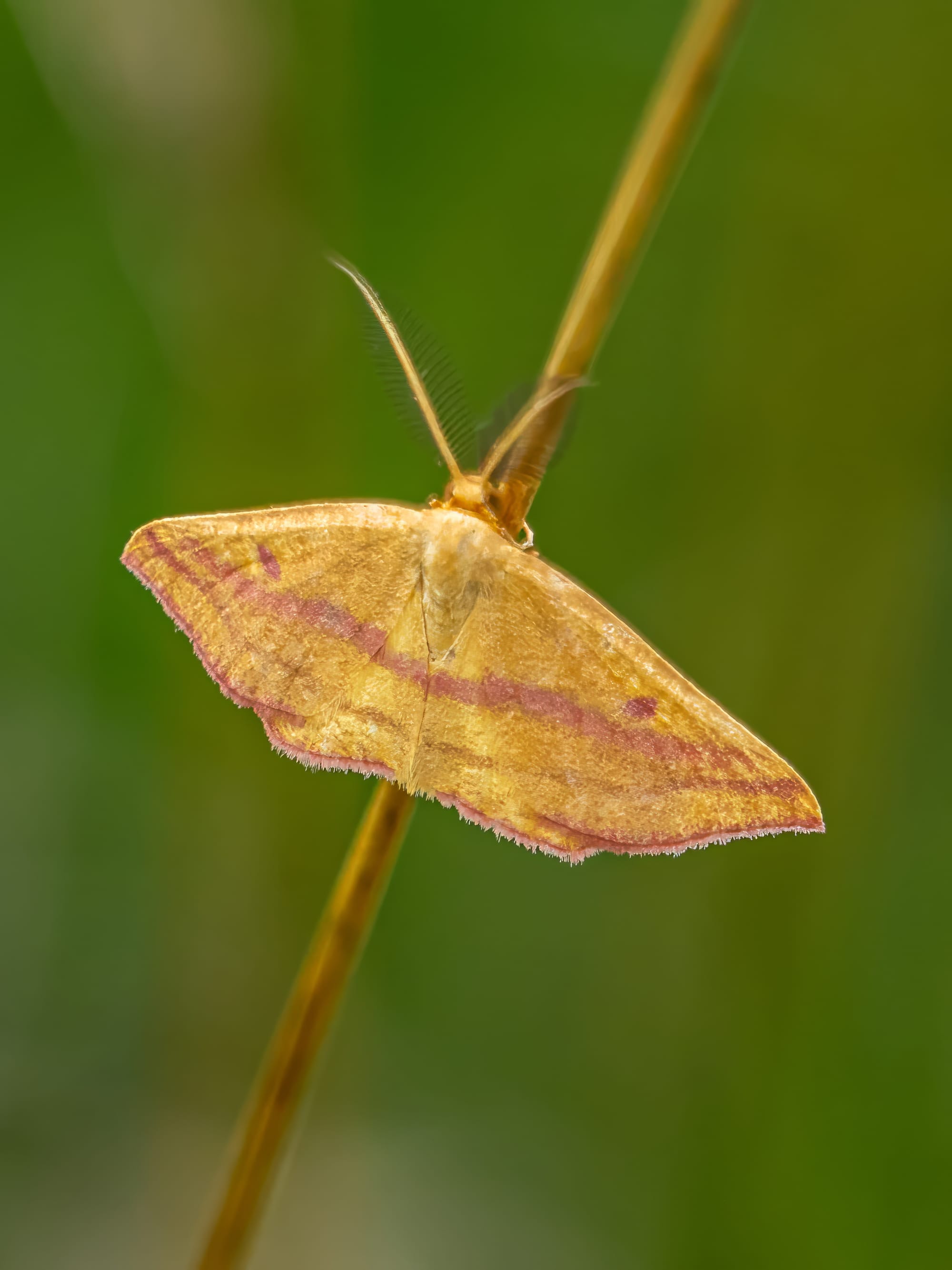
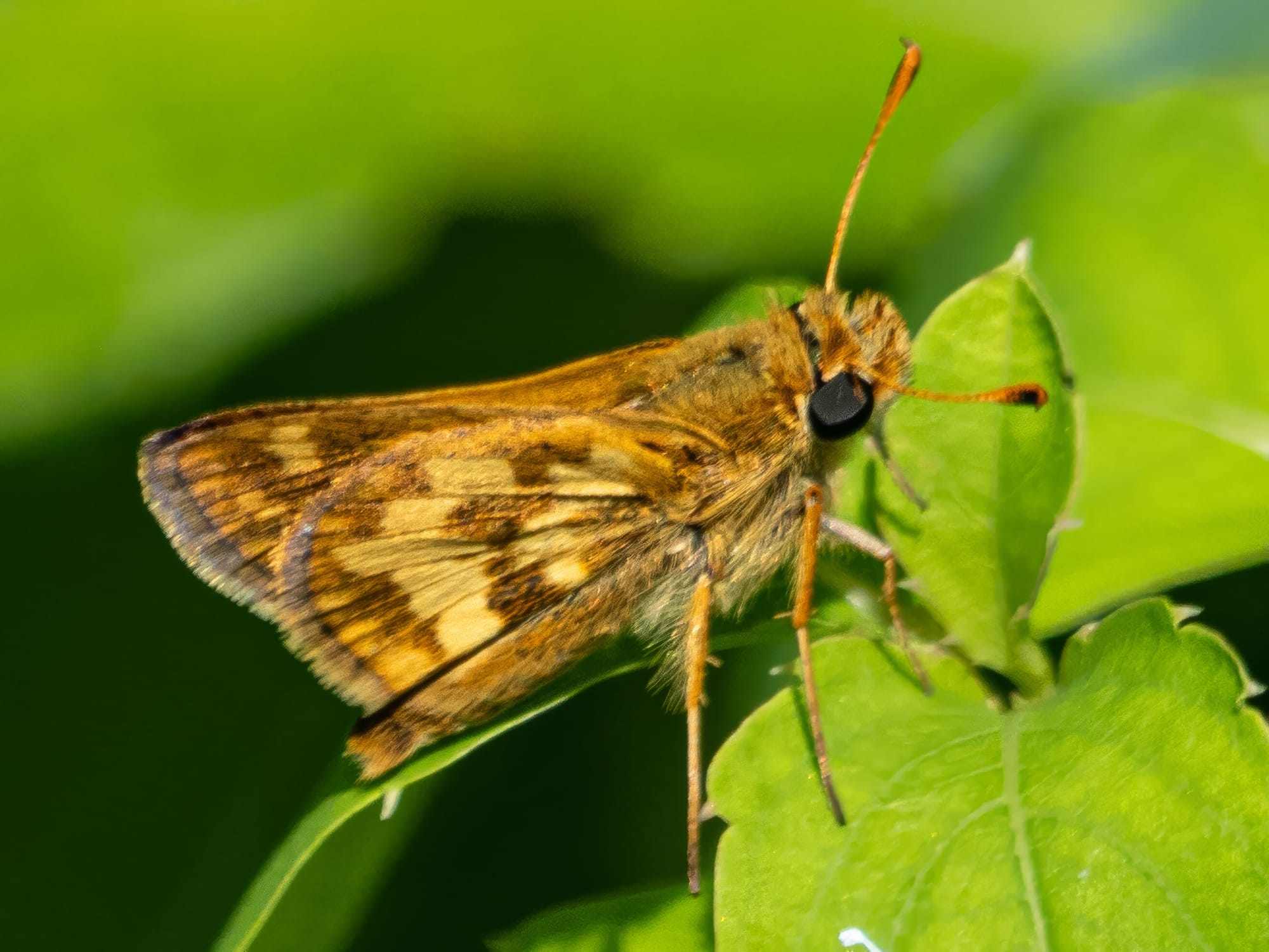
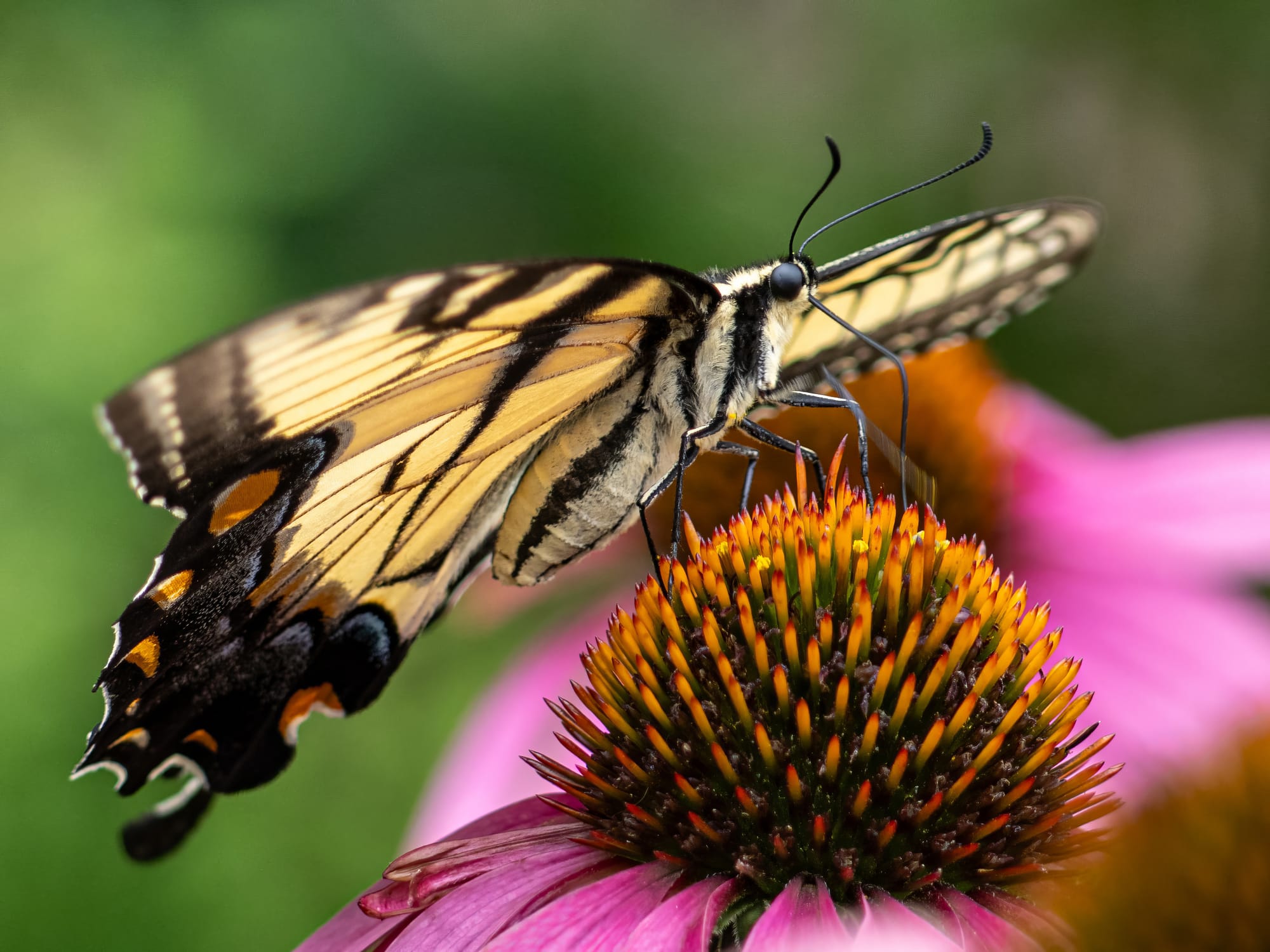
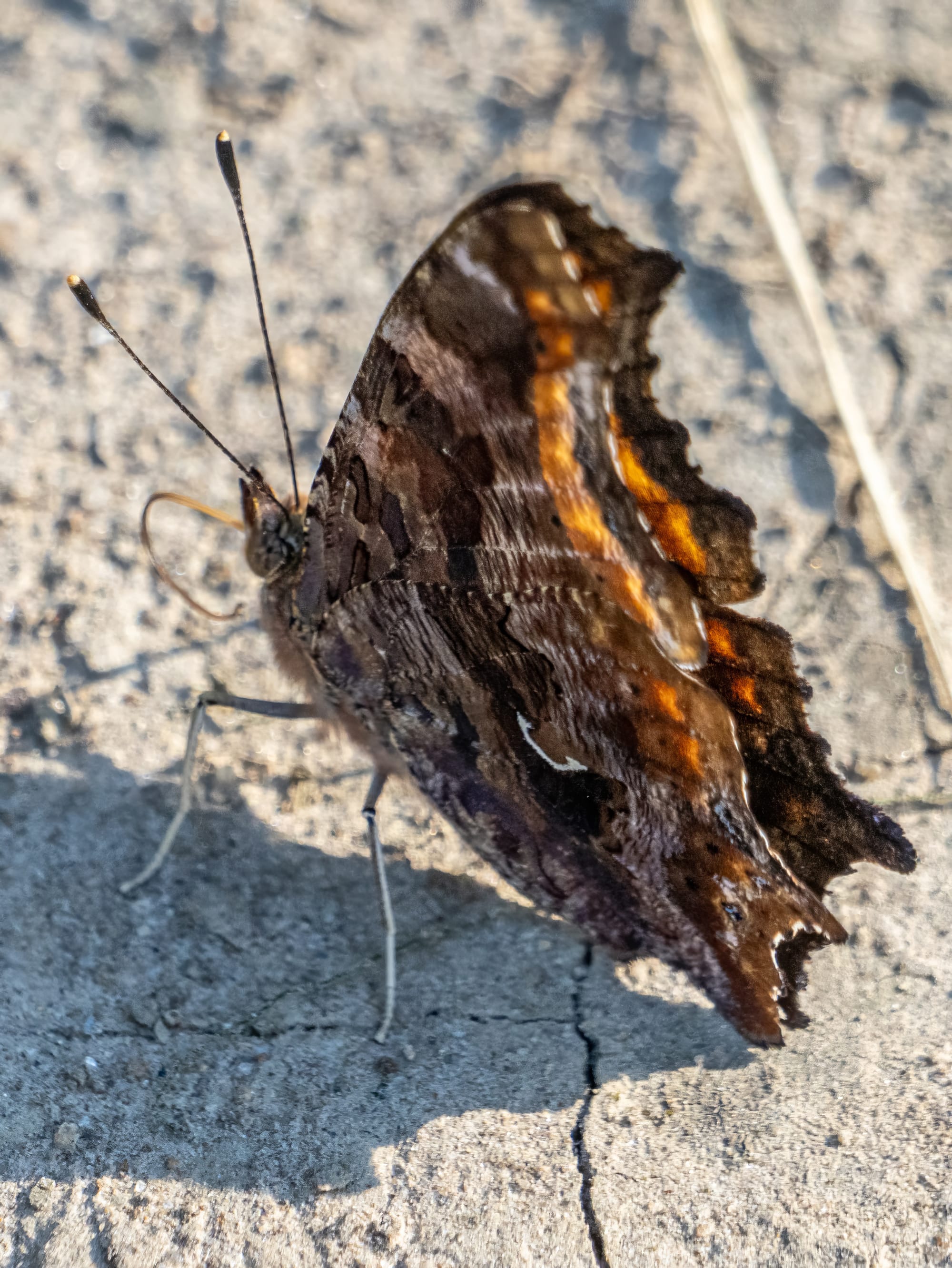
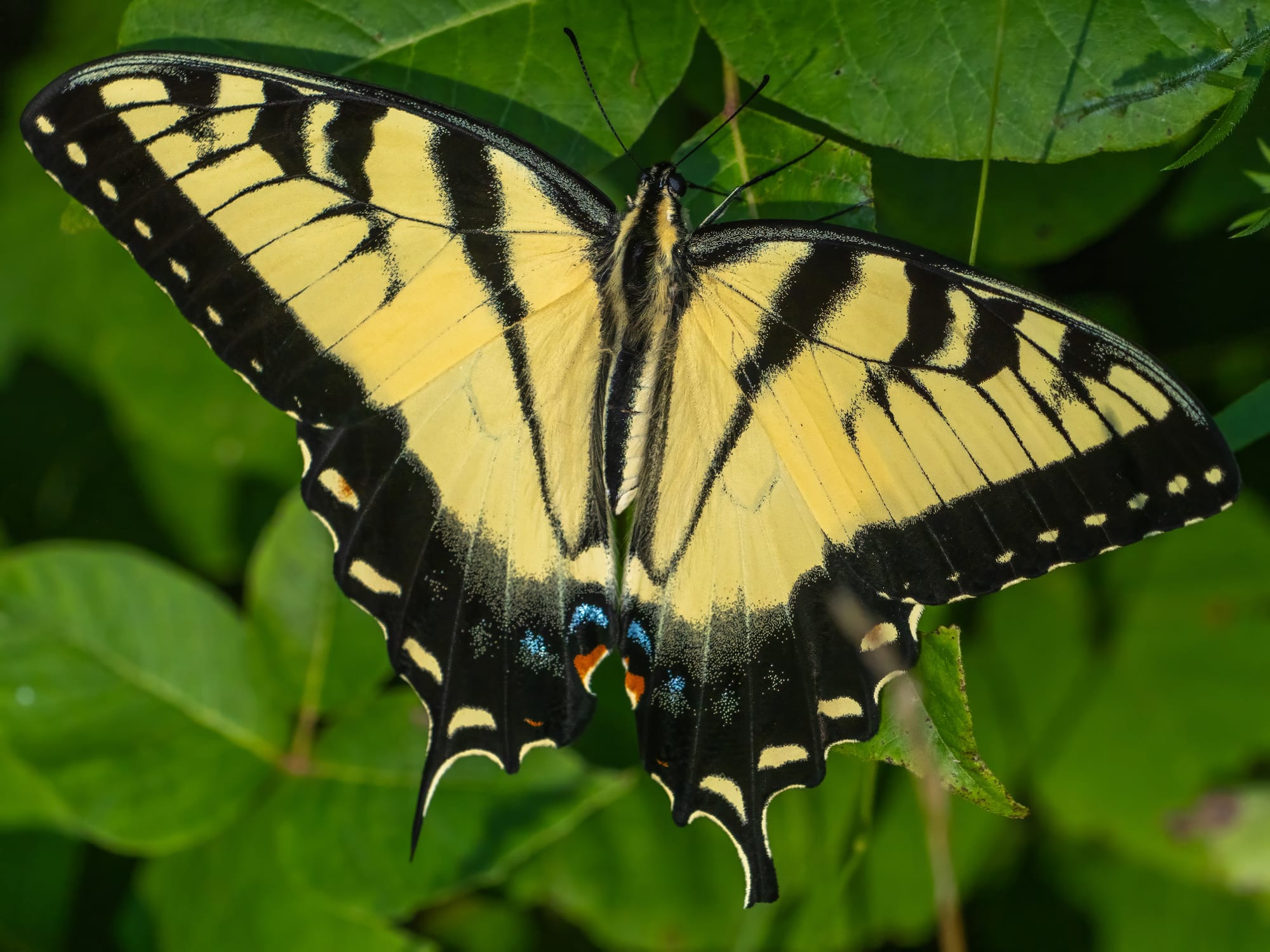
Red Admiral, Monarch, Chickweed Geometer Moth, Peck's Skipper, Eastern Tiger Swallowtail, Eastern Comma (a clear look at the silver comma-shaped mark on the underside of its hindwings), another Easter tiger swallowtail.
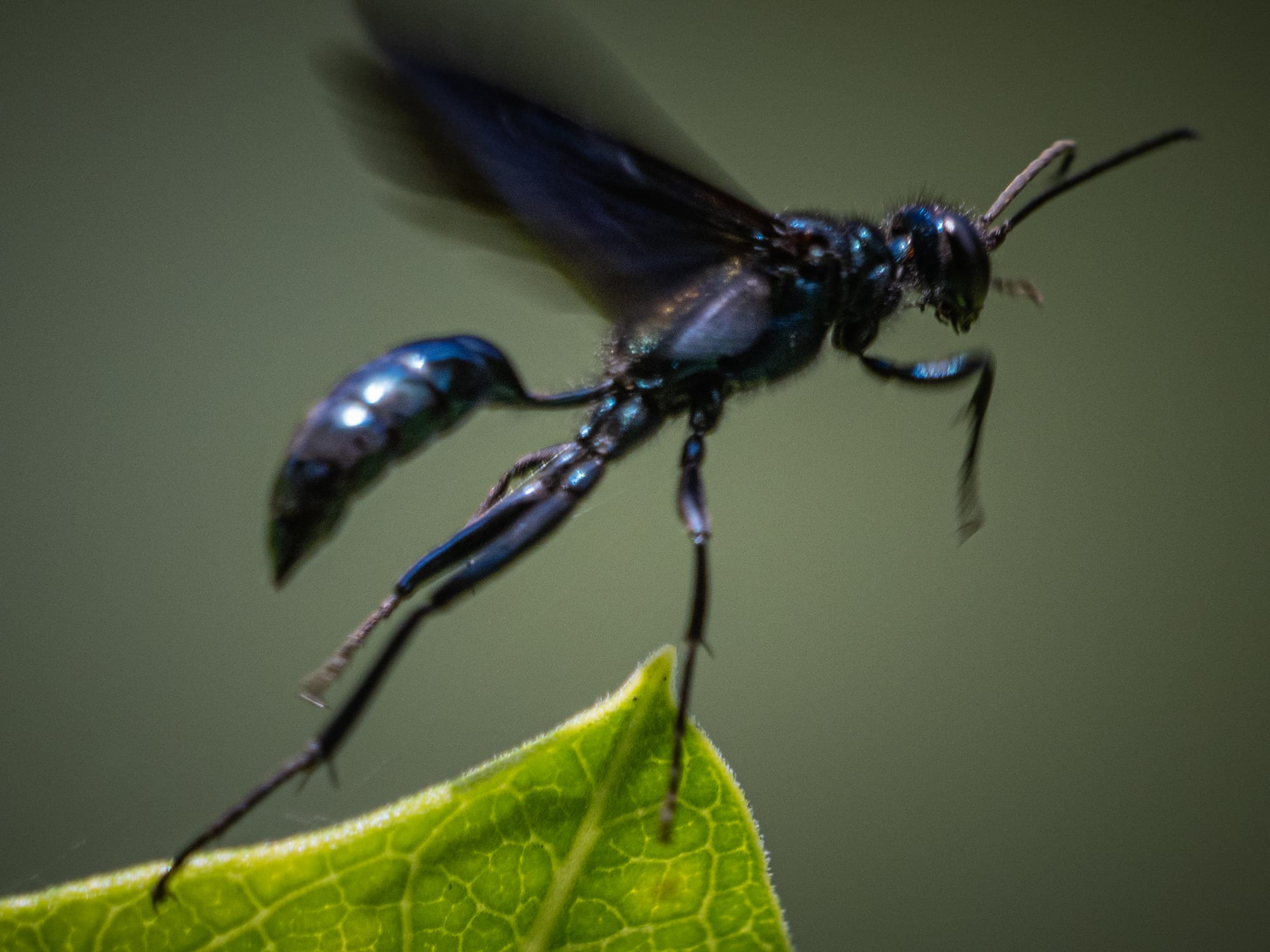
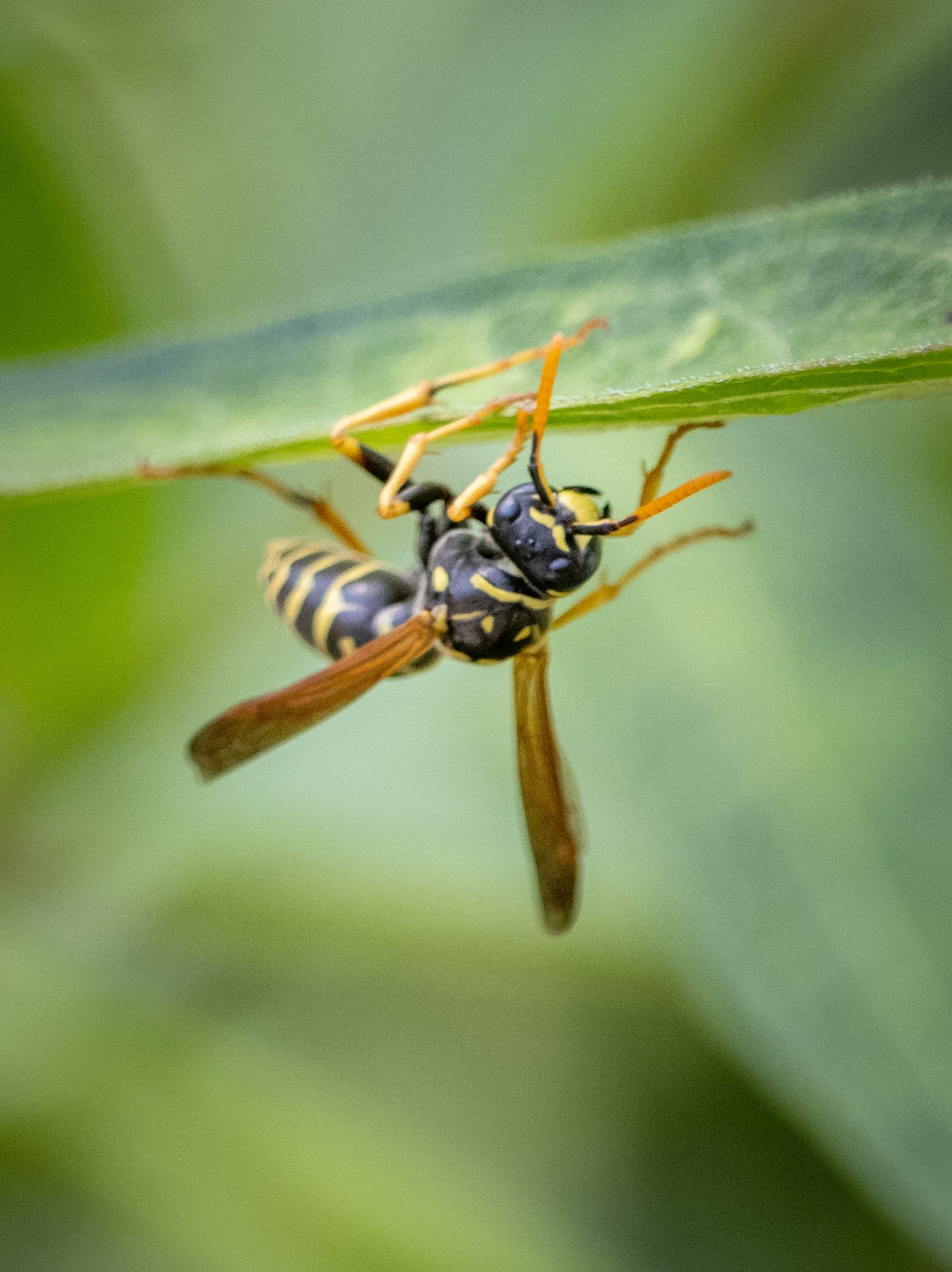
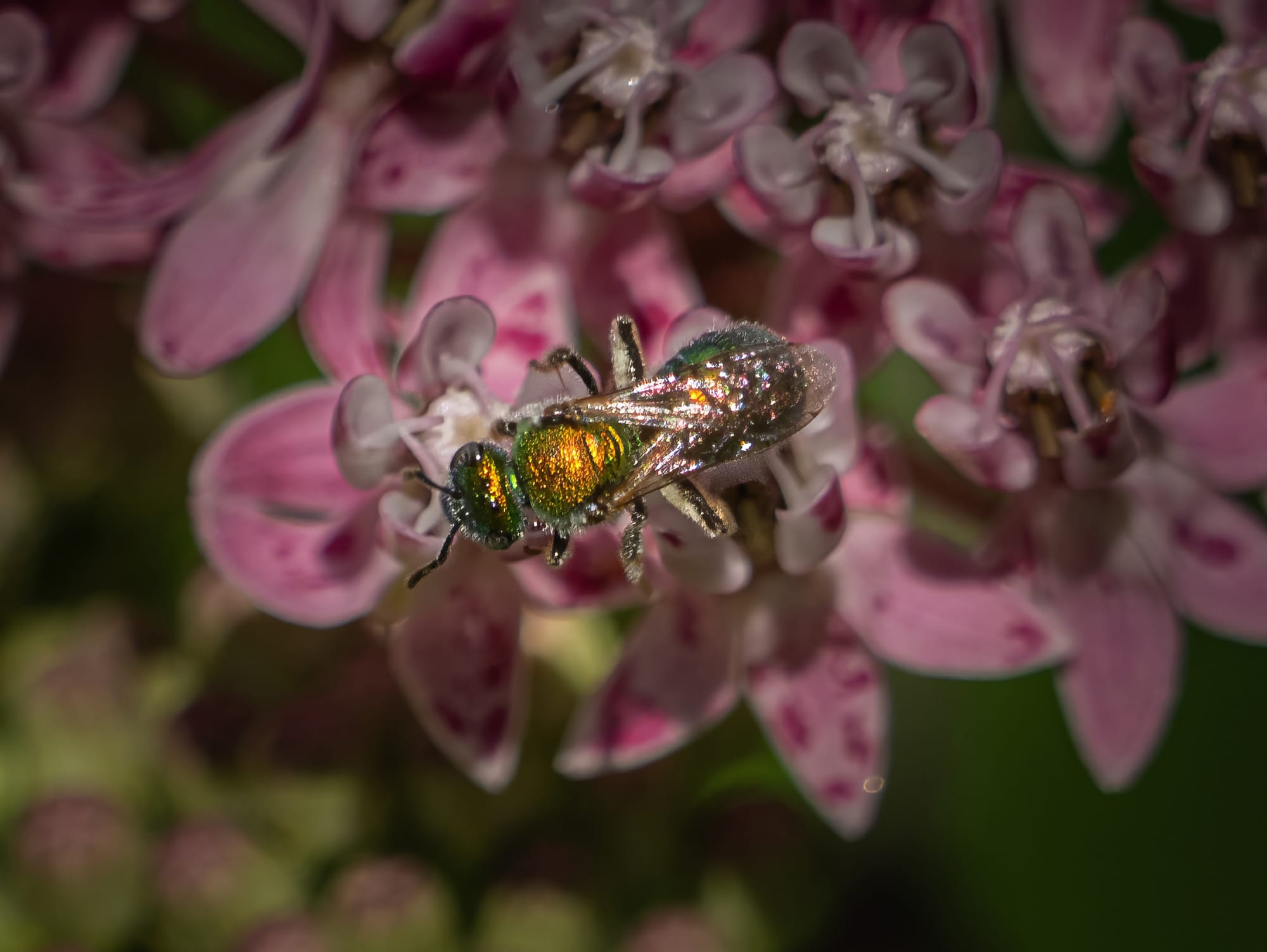
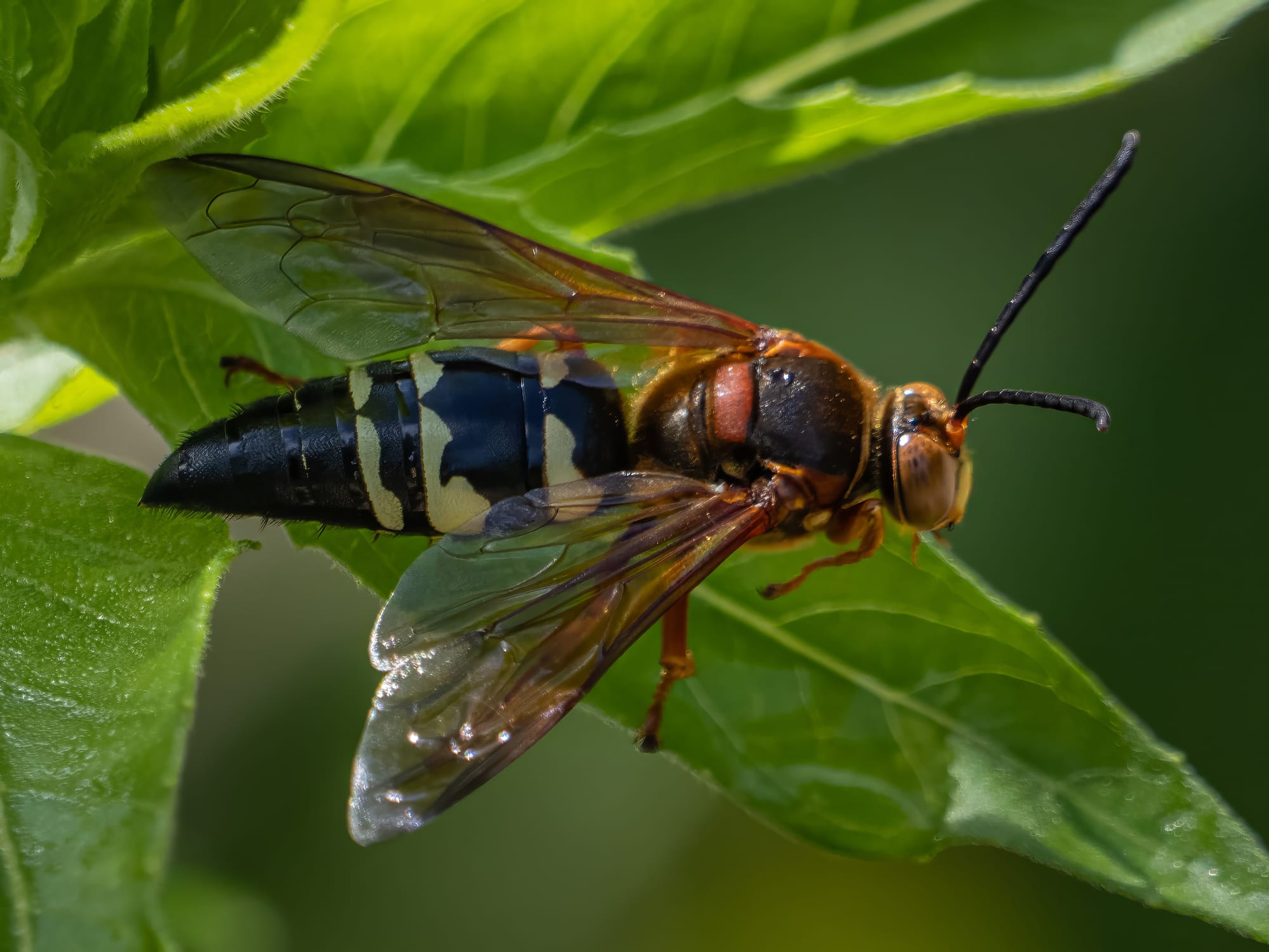
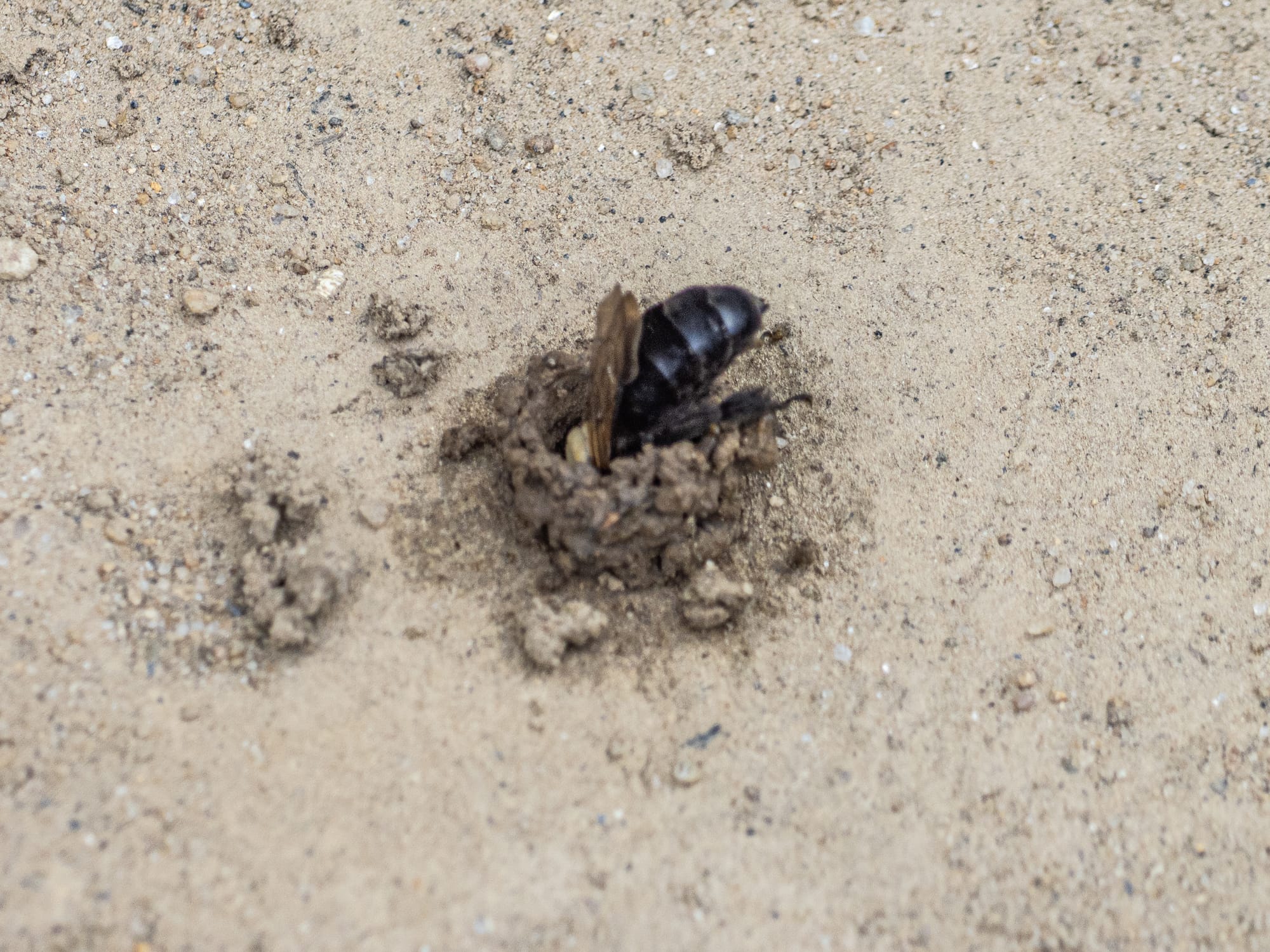
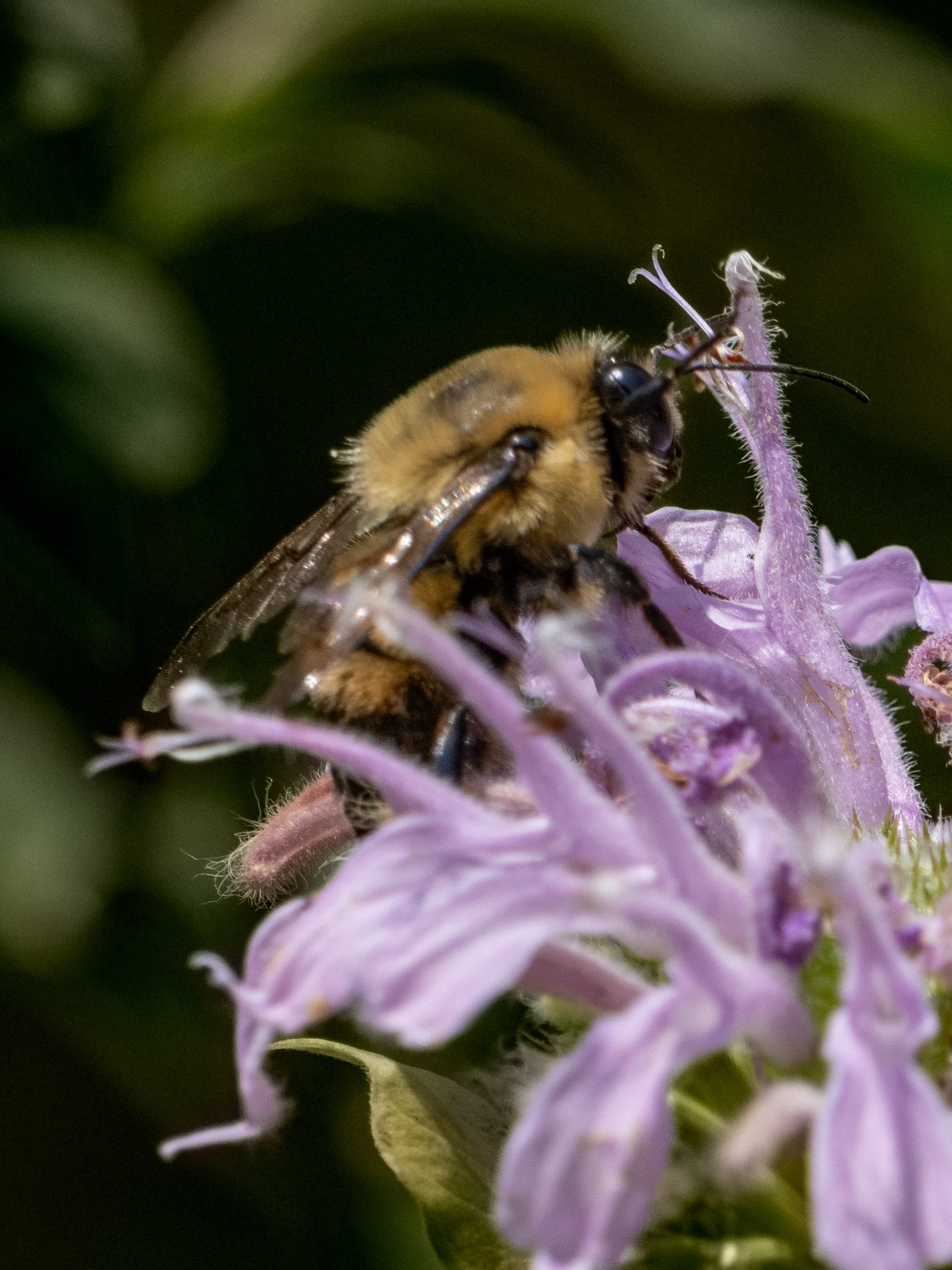
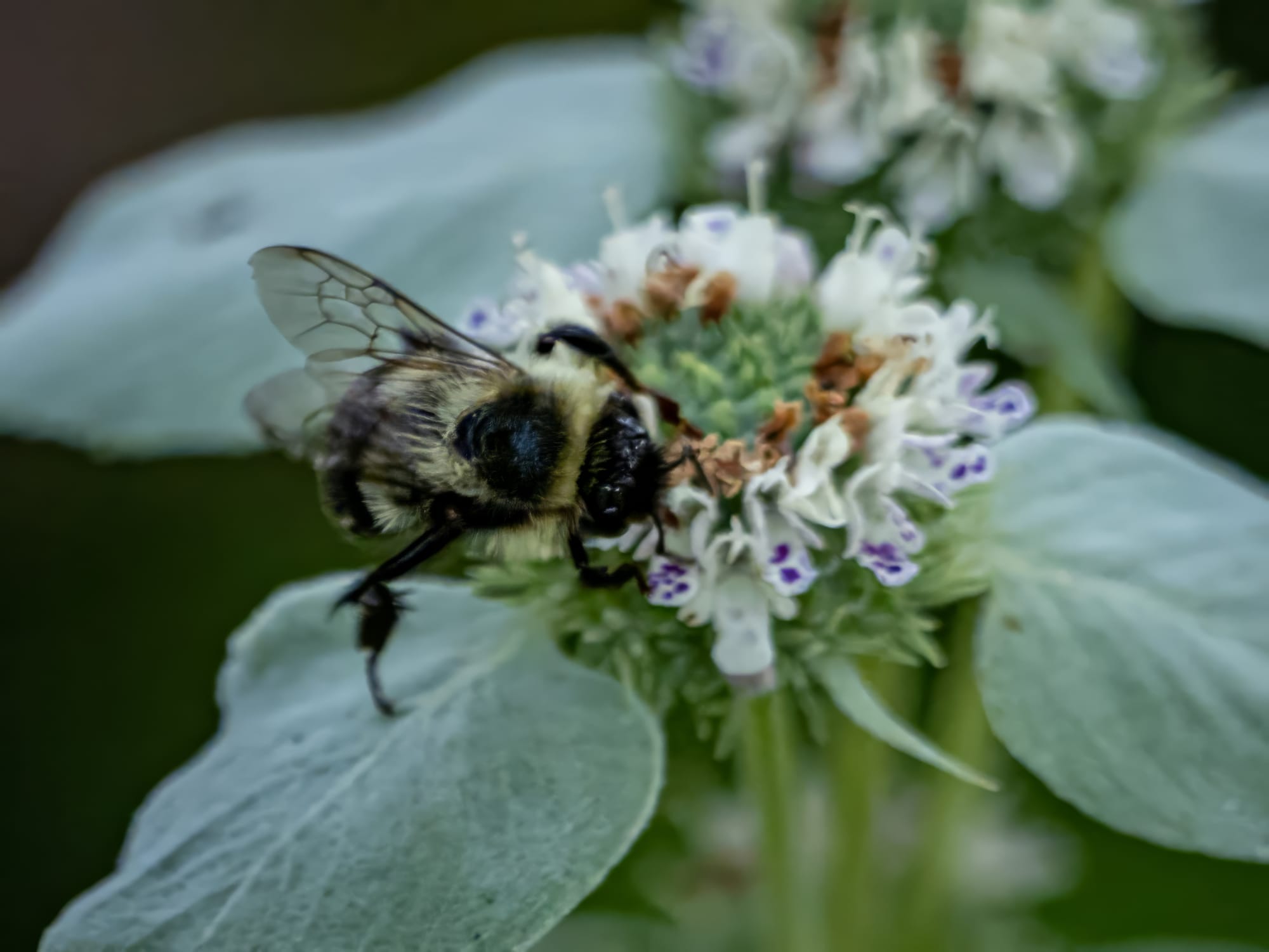
Common Blue Mud-dauber Wasp, European Paper Wasp (perhaps Le Monde or Der Spiegel?), Pure Green Sweat bee, Eastern Cicada-killer Wasp, Hibiscus Turret Bee (I did not make that up, look for a more in-depth post soon), Brown-belted Bumblebee, Common Eastern Bumble Bee (the speciality bumble bees are so hard to get these days).
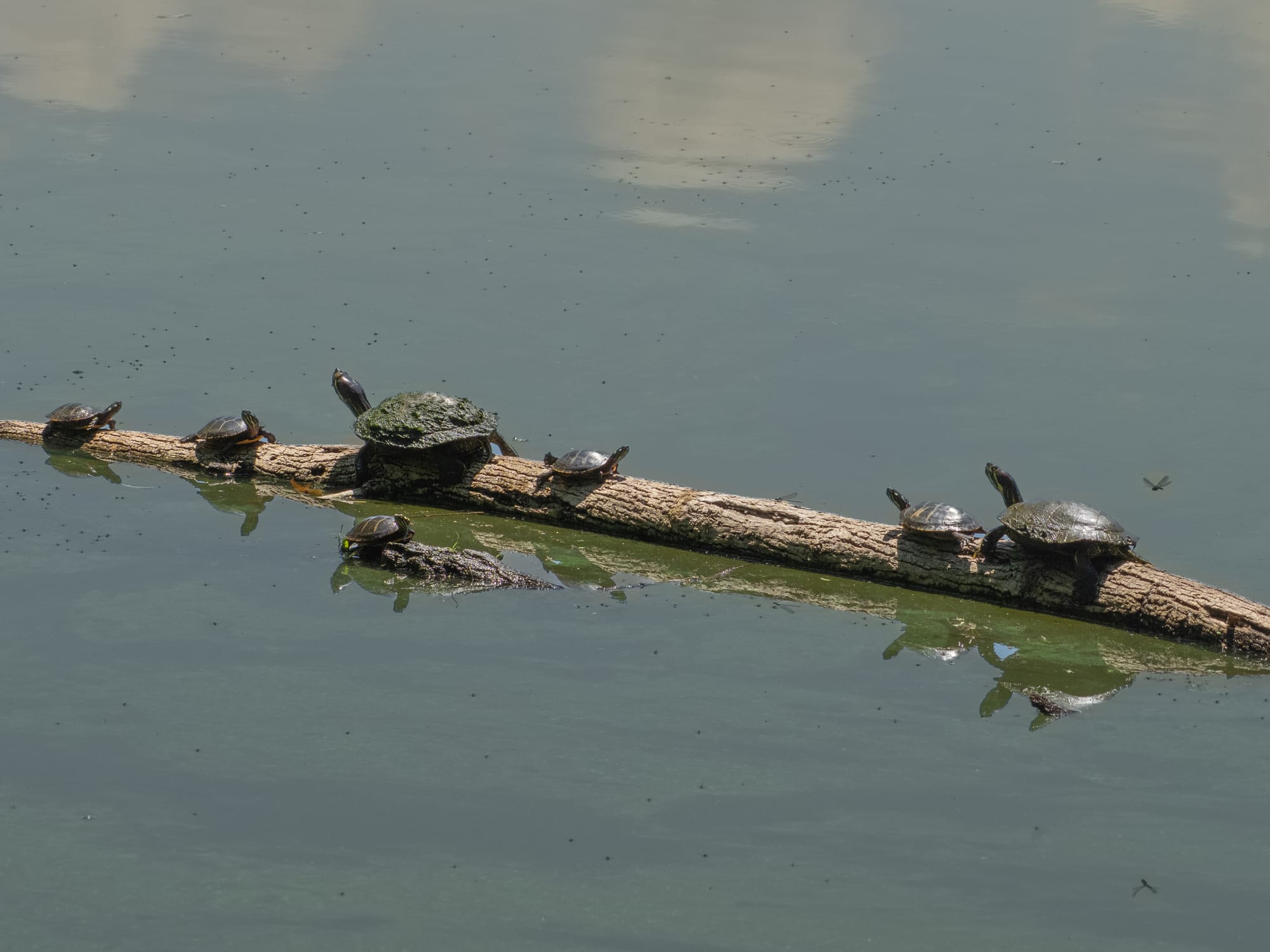
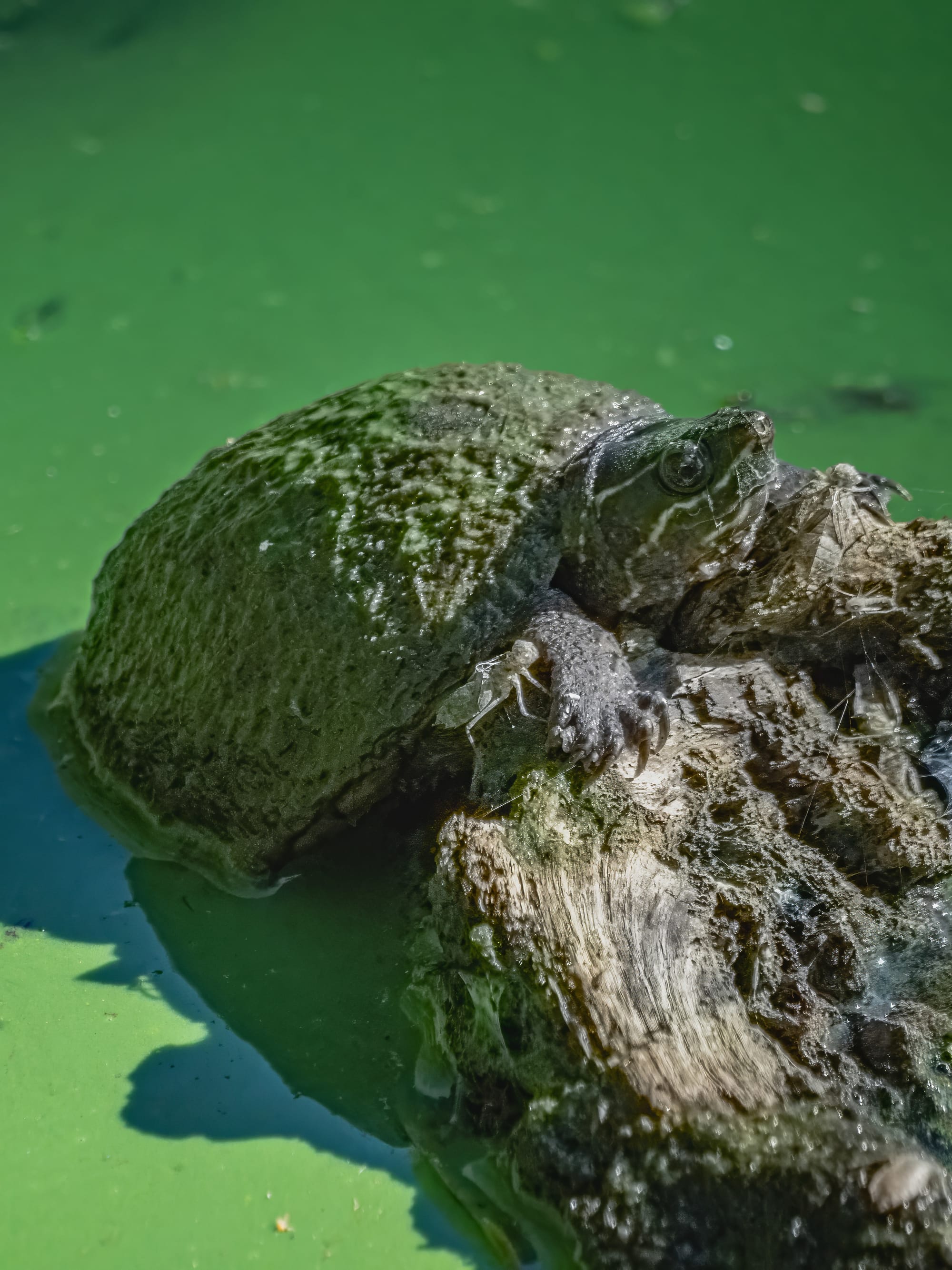
Basking space is at a premium - all the best spots are taken, Eastern Musk Turtle.
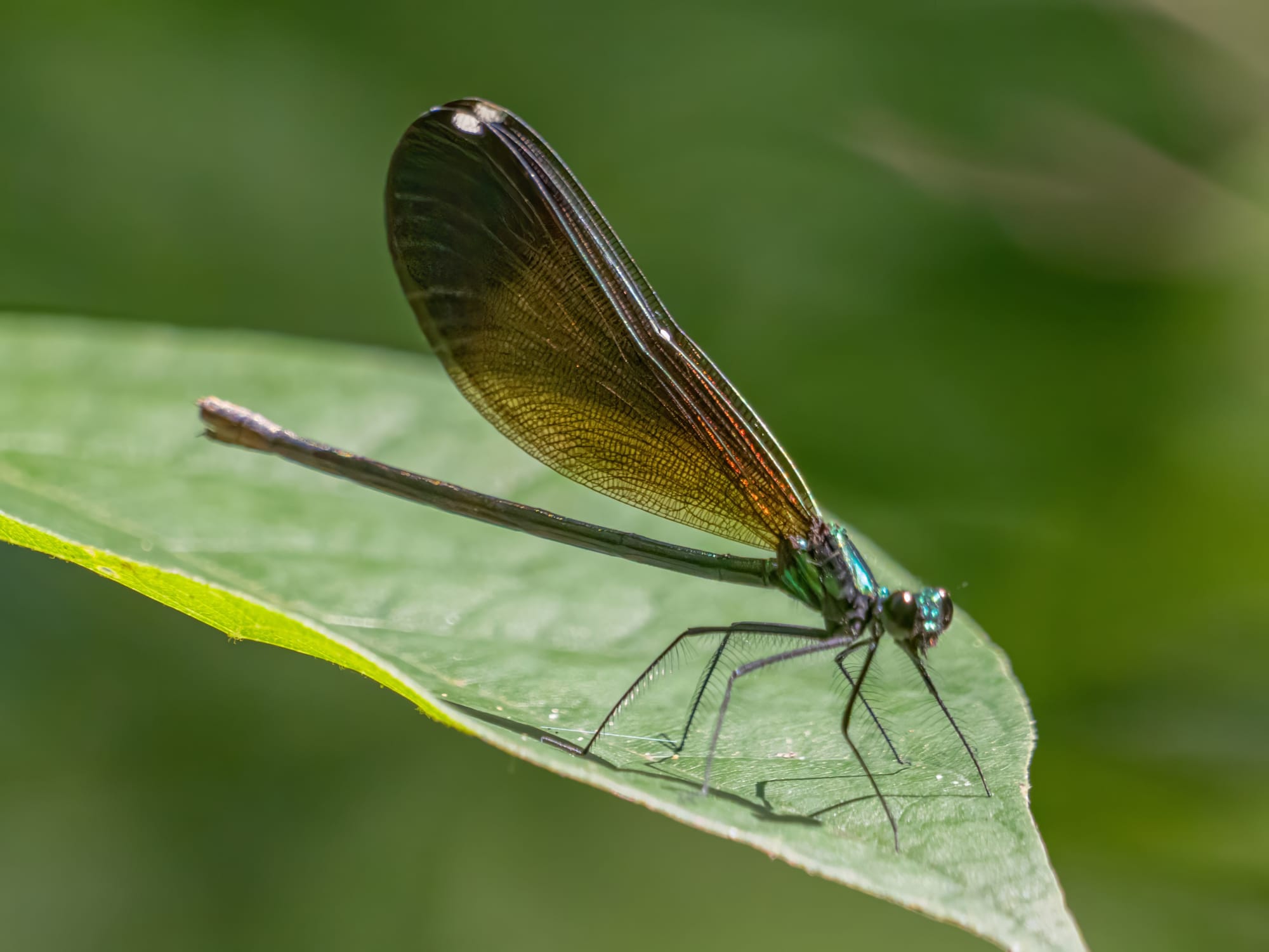
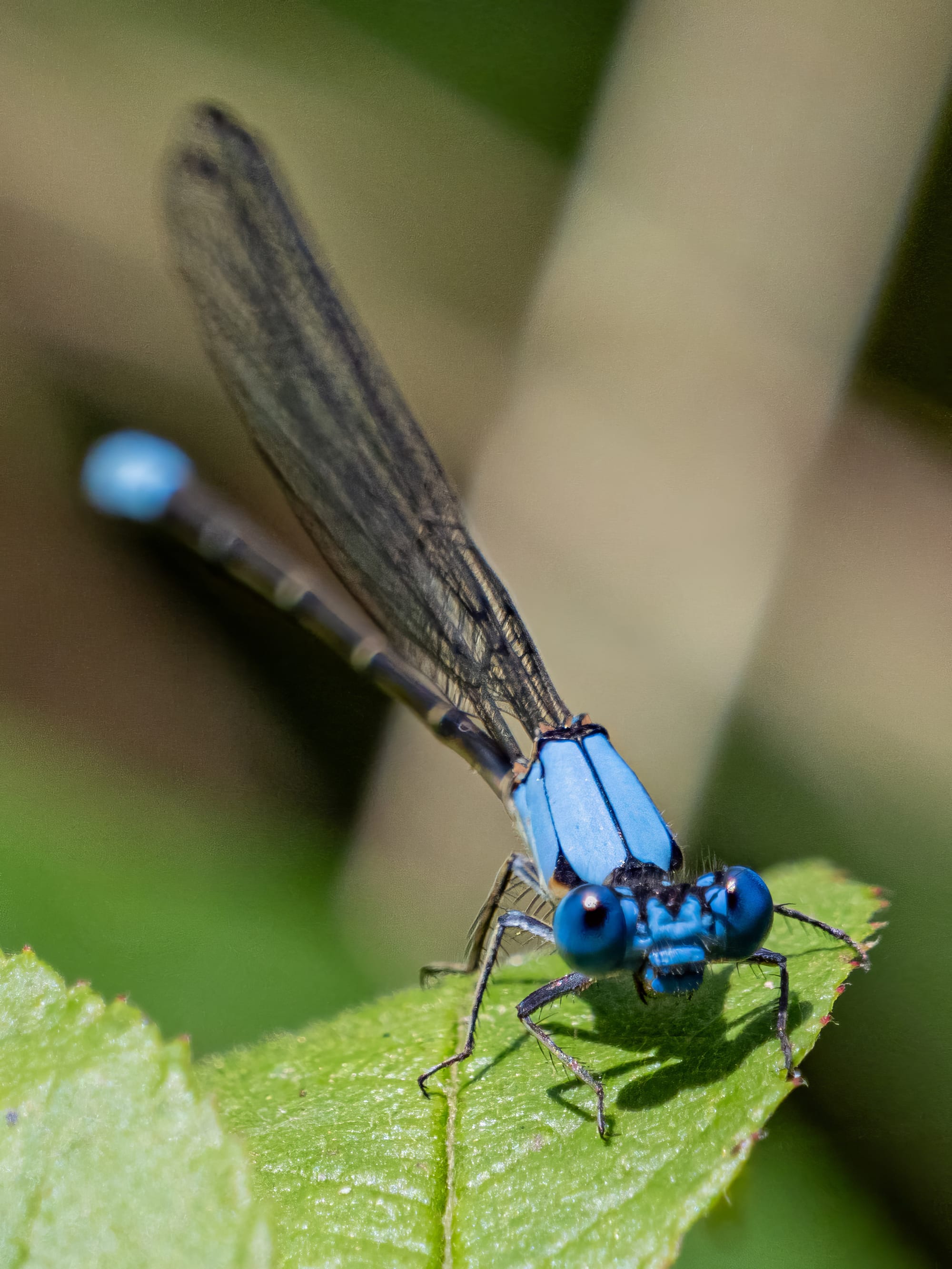
Your weekly Ebony Jewel-wing, Blue-fronted Dancer
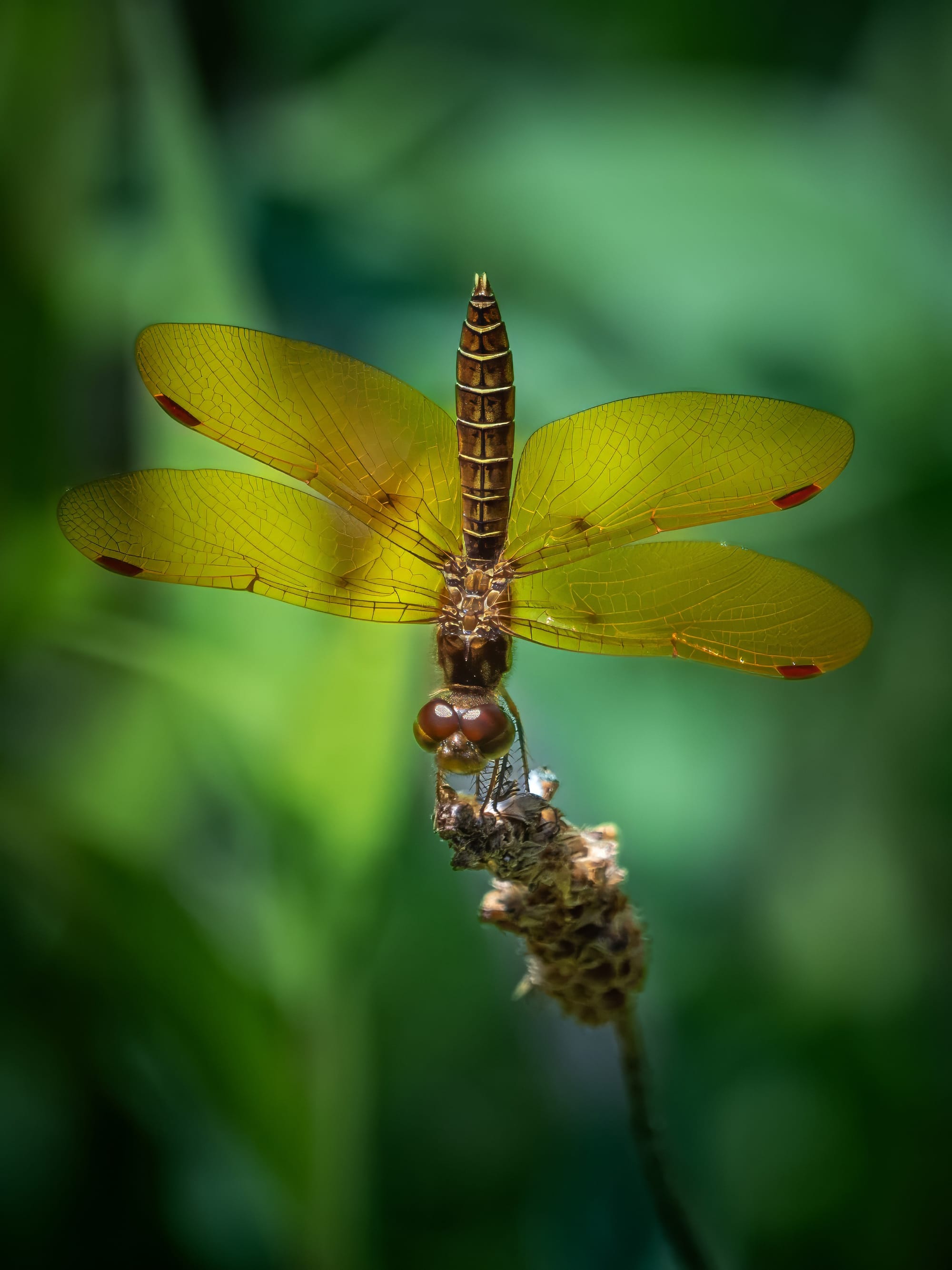
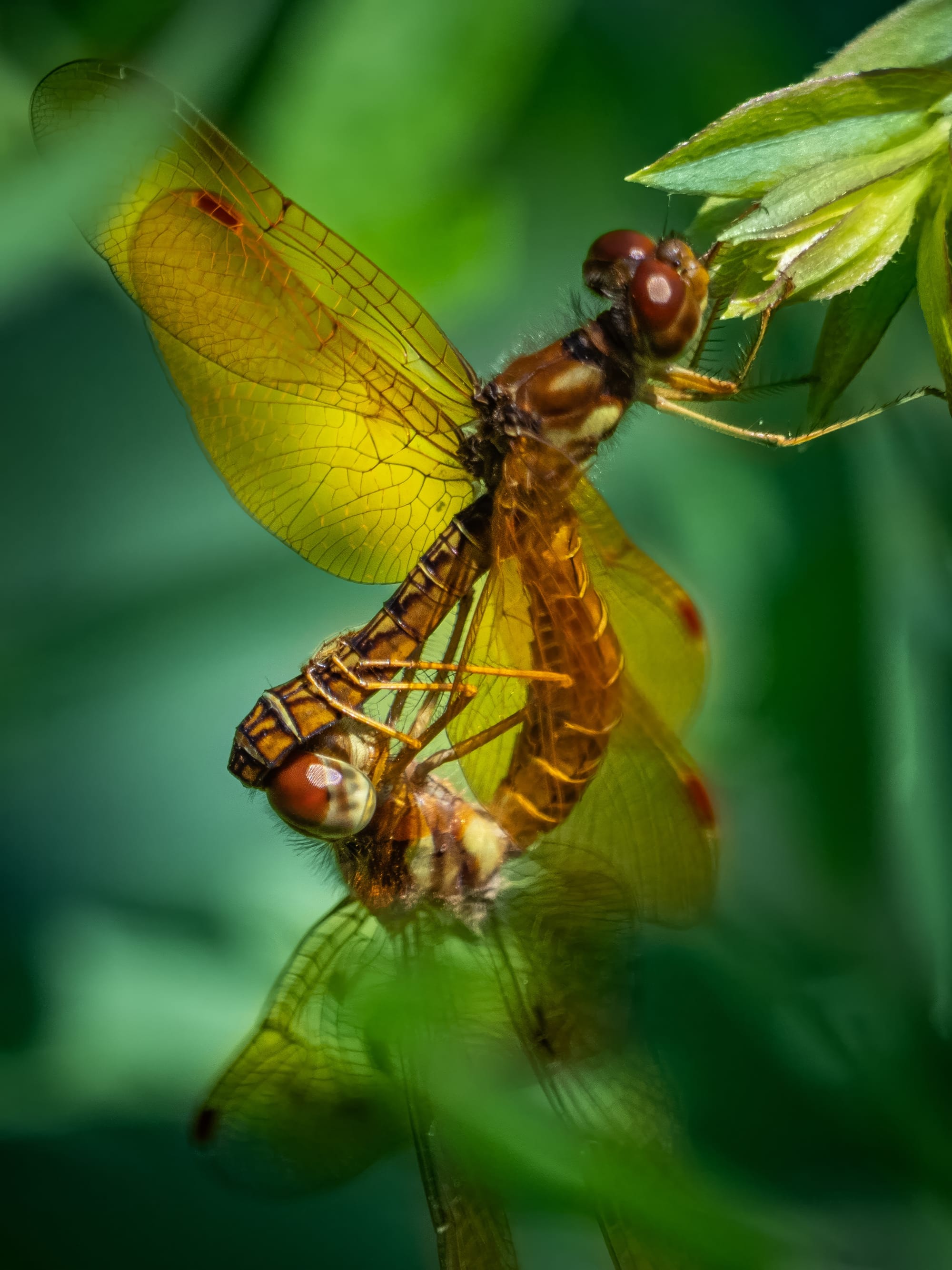
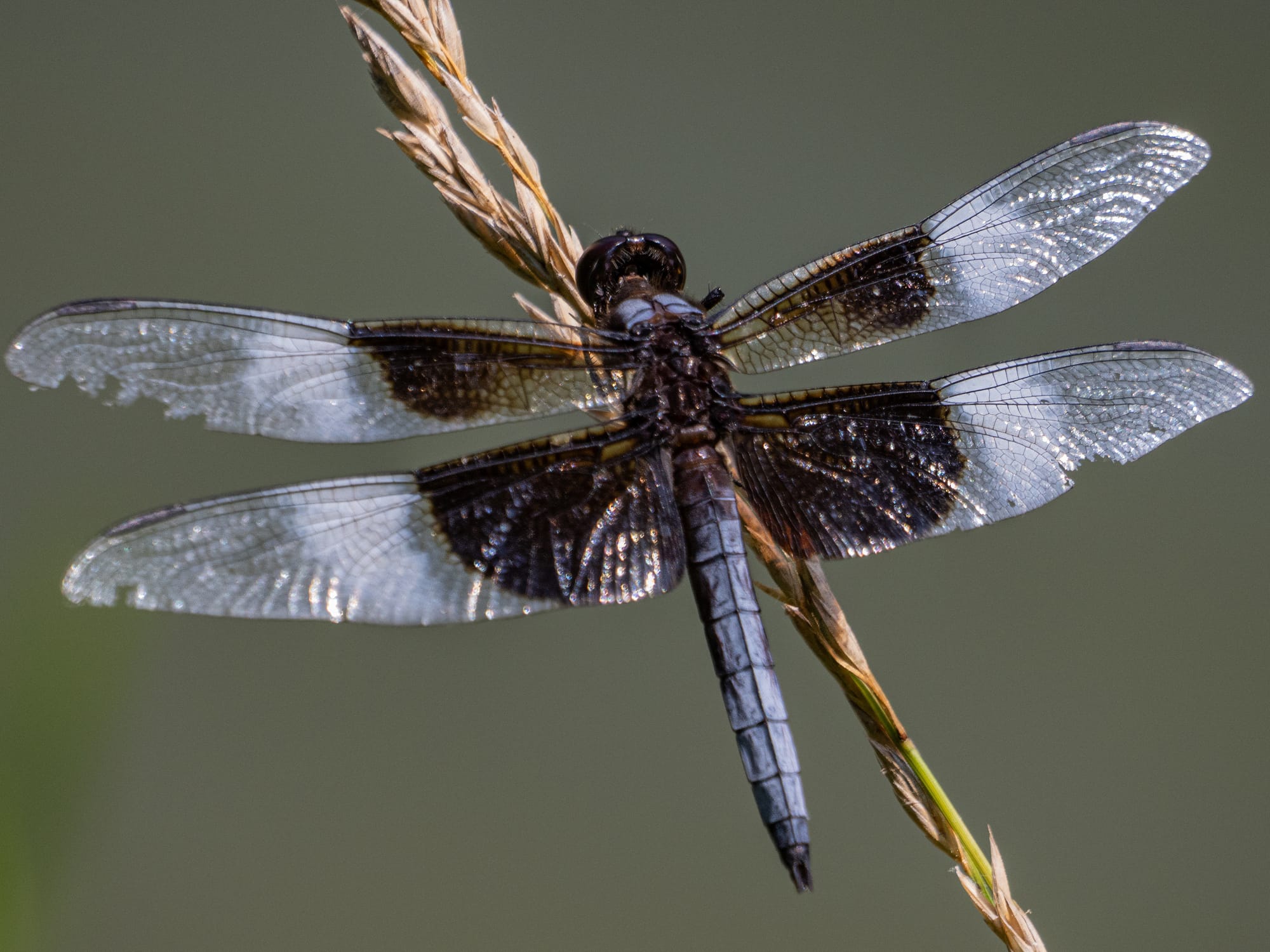
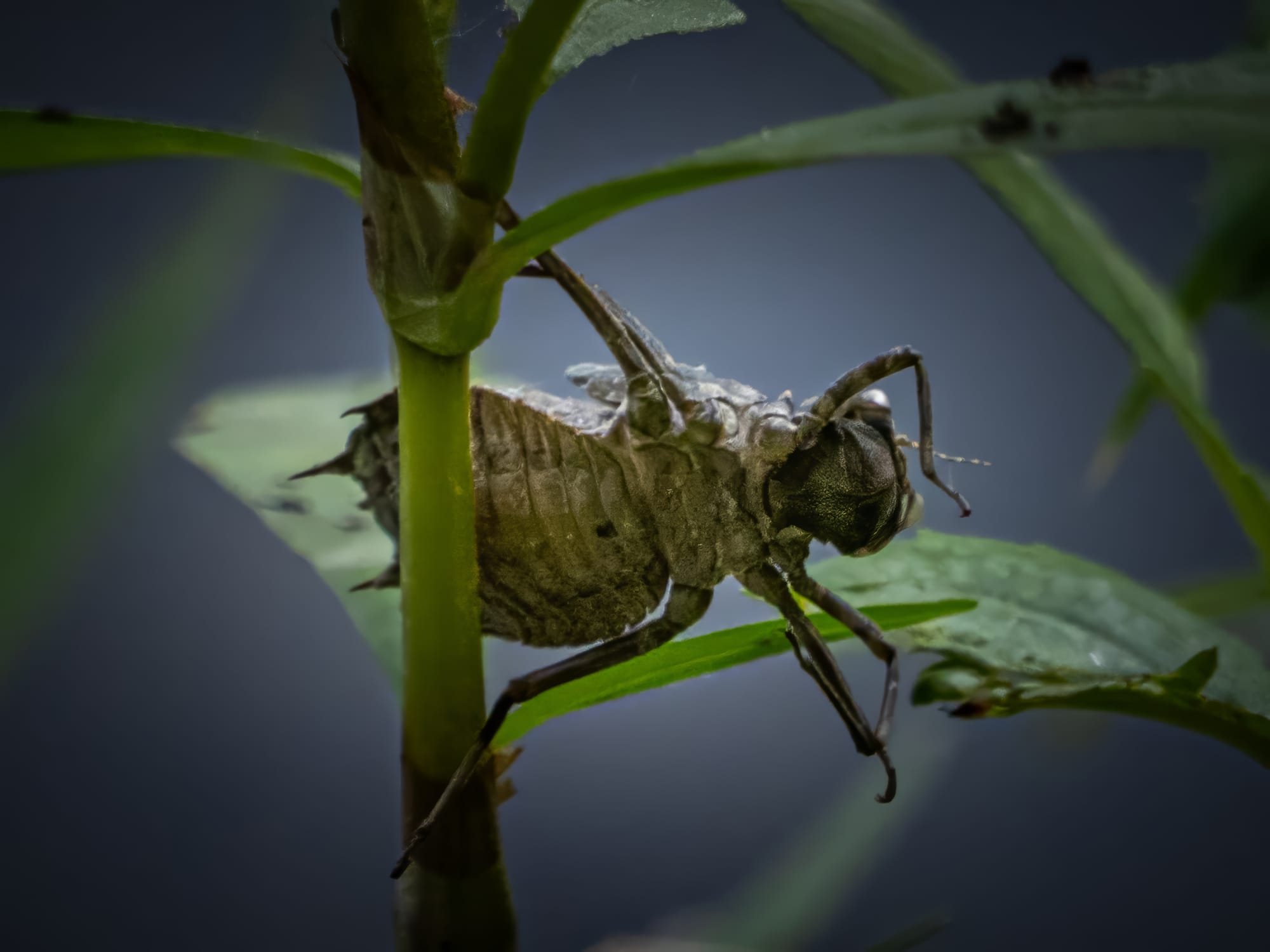
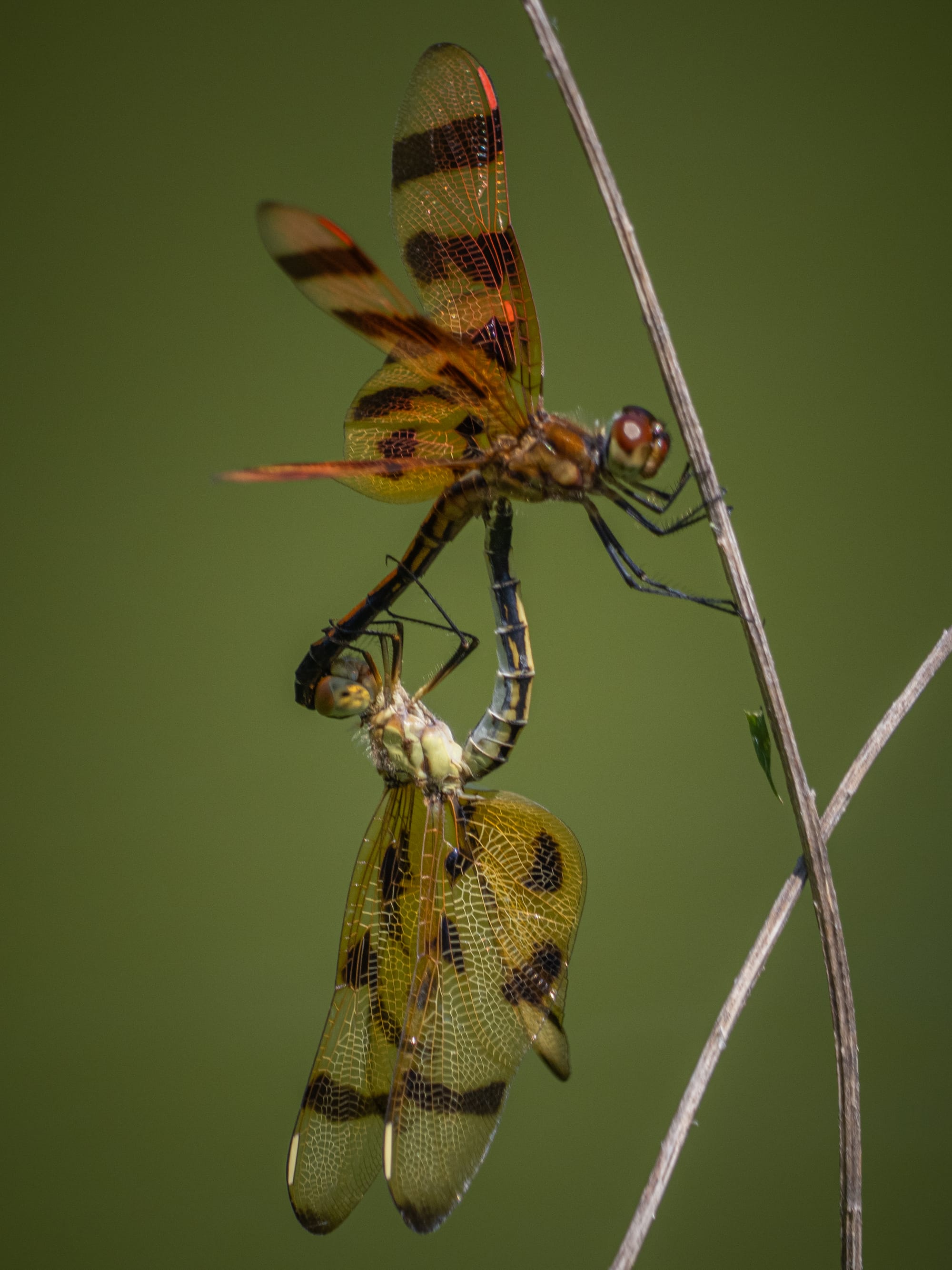
Eastern Amberwing Dragonfly, Mating pair of Eastern Amberwings, Widow Skimmer, Baskettail (?) nymph, Mating pair of Halloween Pennants.
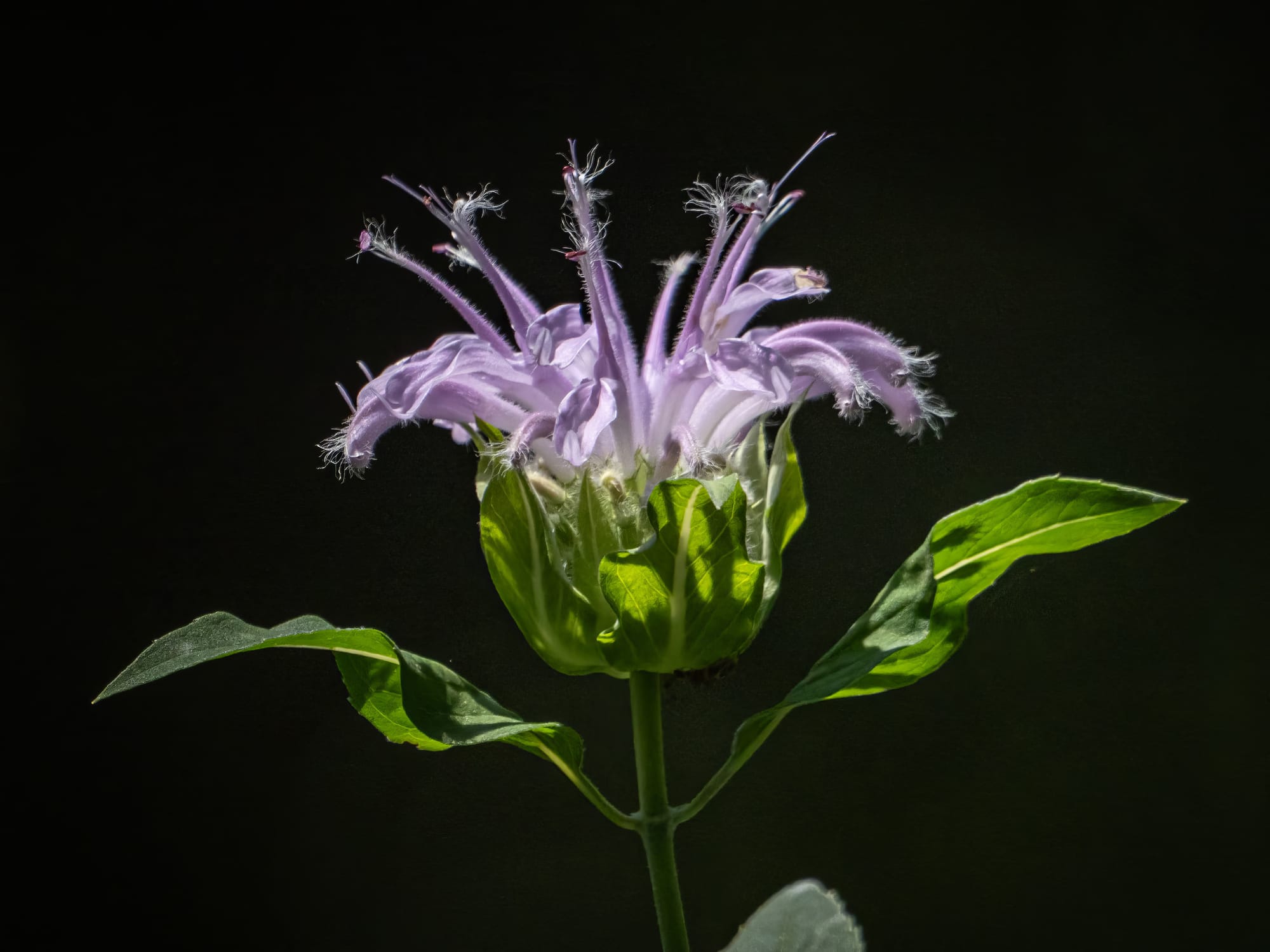
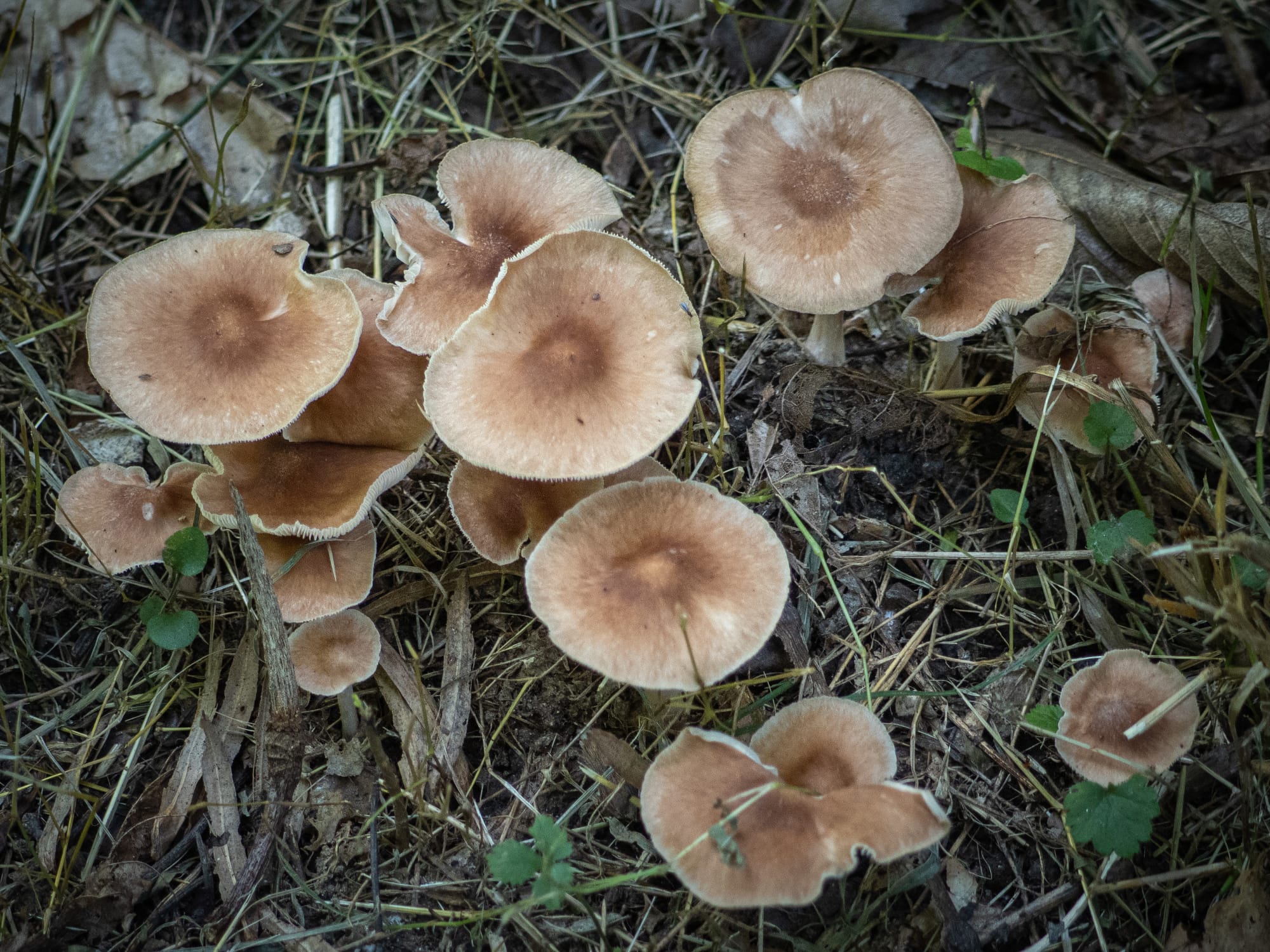
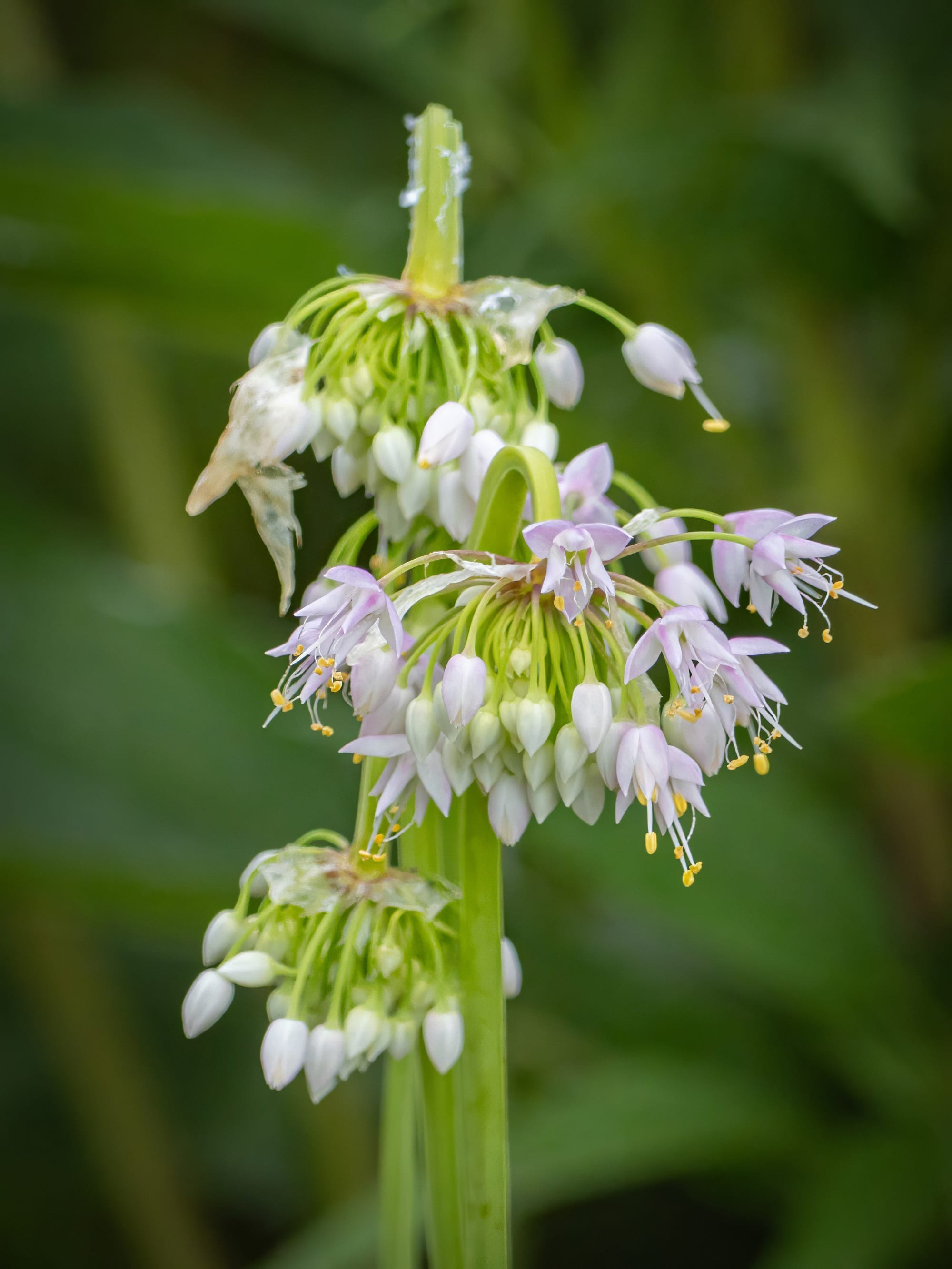
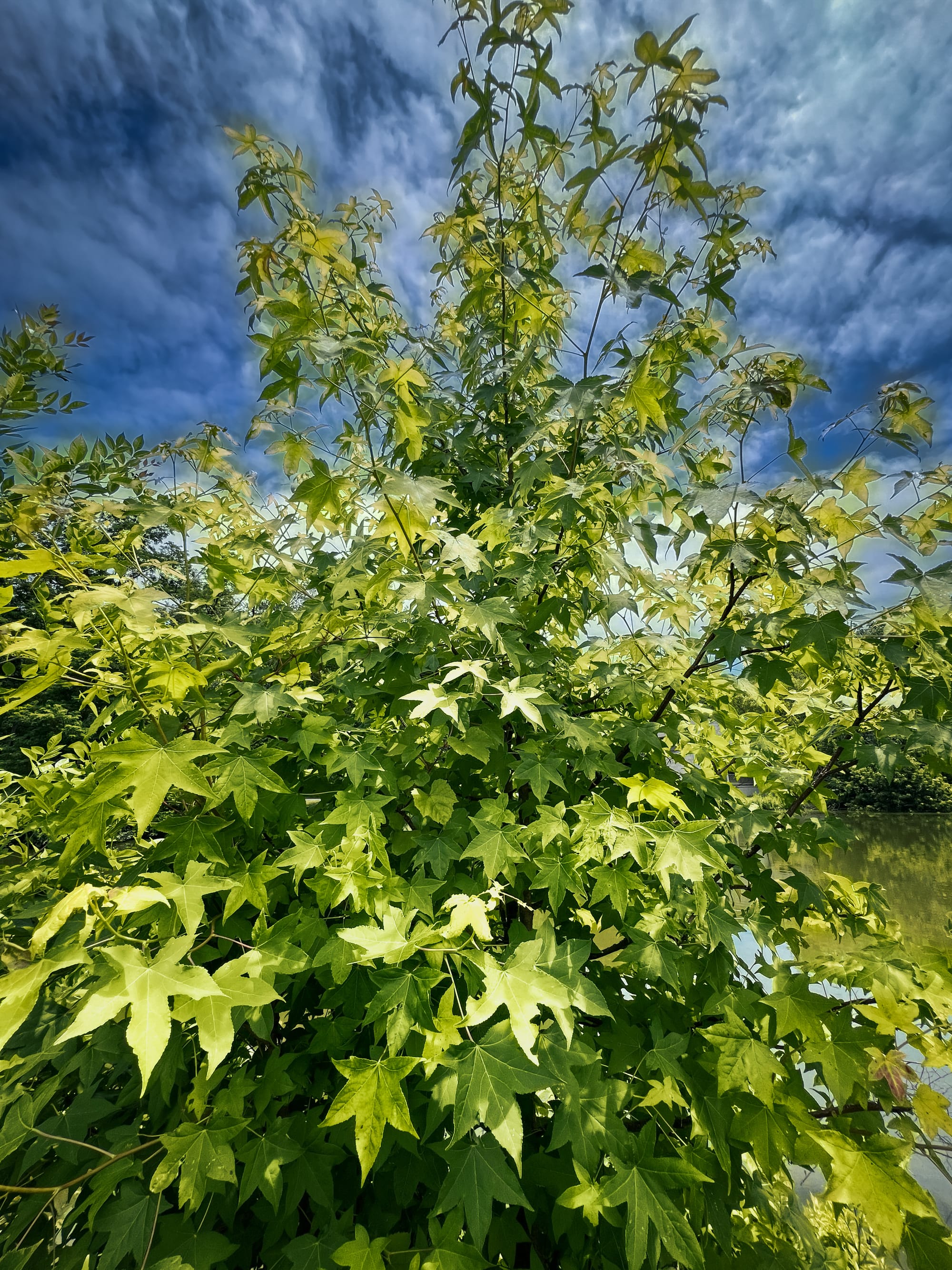
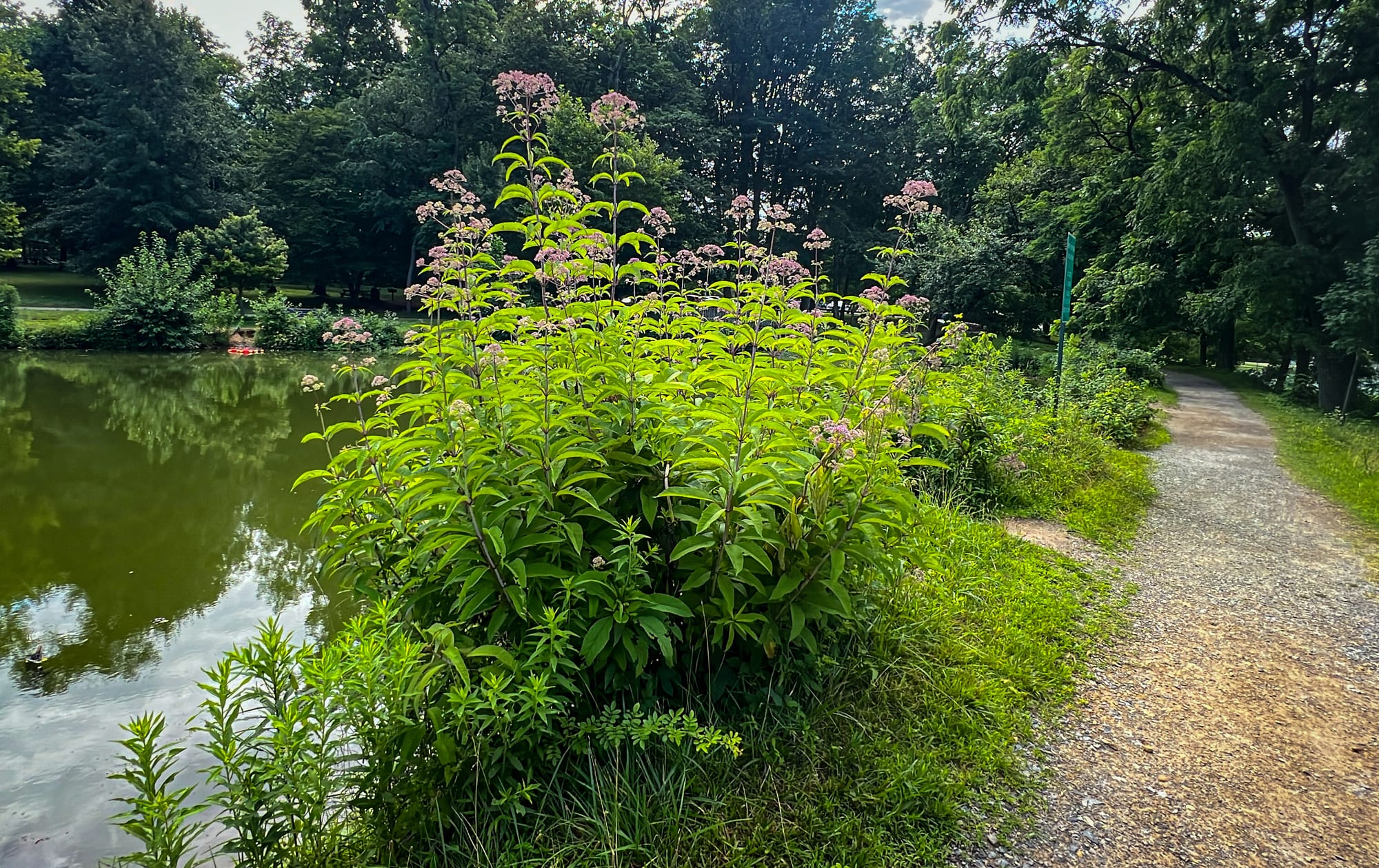
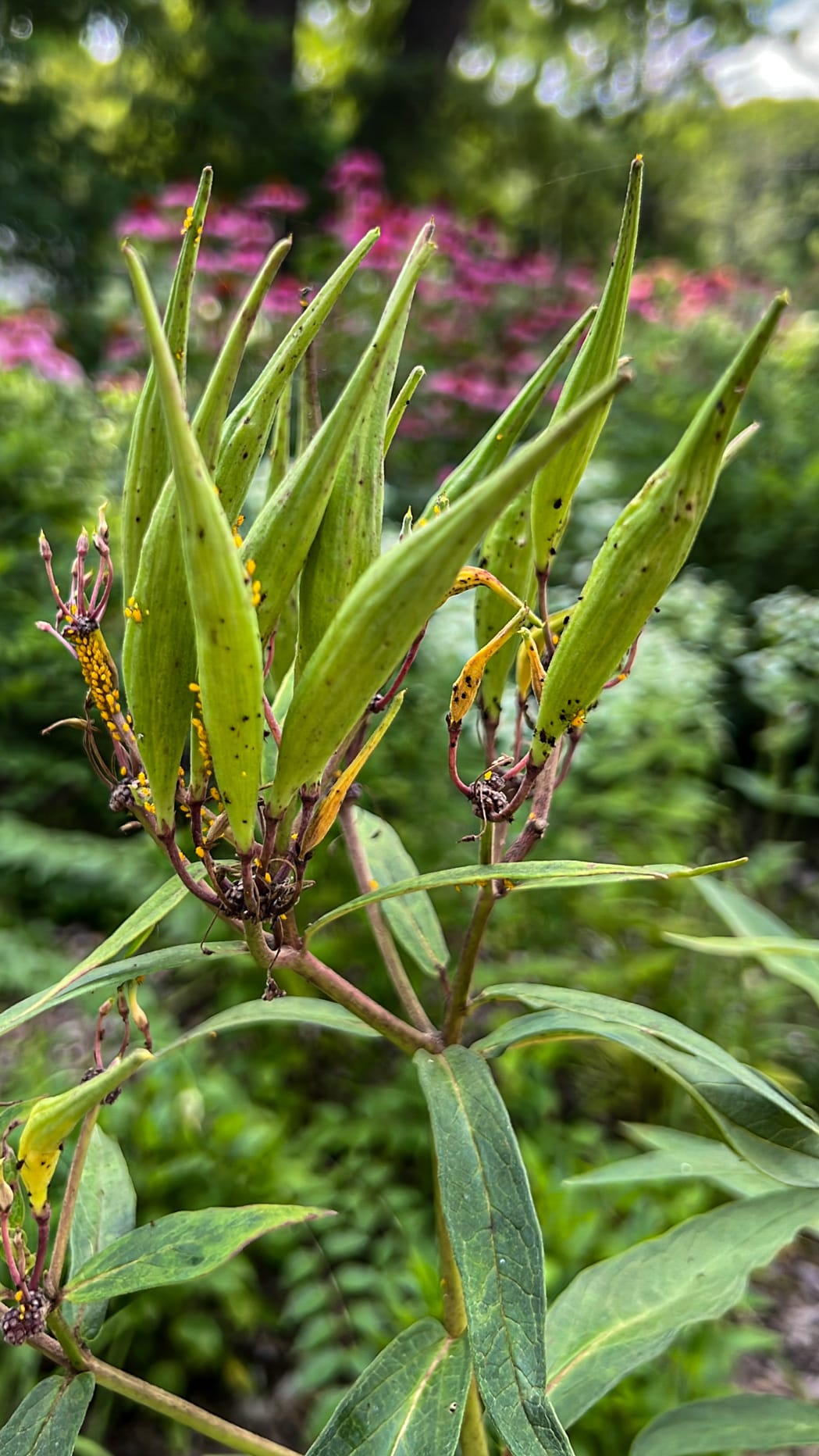
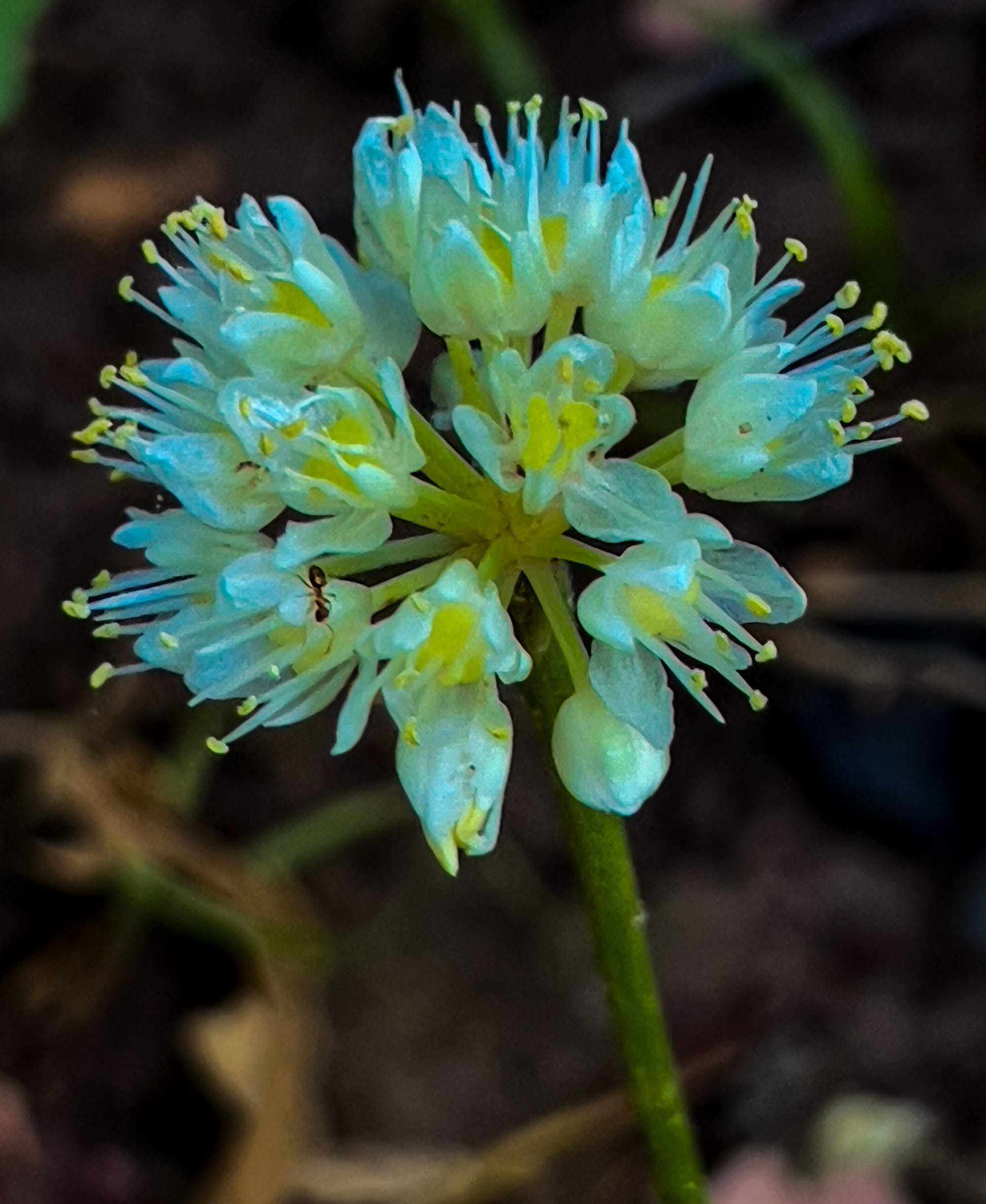
Wild Bergamont everywhere this week, Luxury Cap, Nodding Onion. Sweet Gum tree, Hollow Joe Pye Weed, Swamp Milkweed seed pods (no extra charge for the aphids), Wild Leeks are flowering this week.
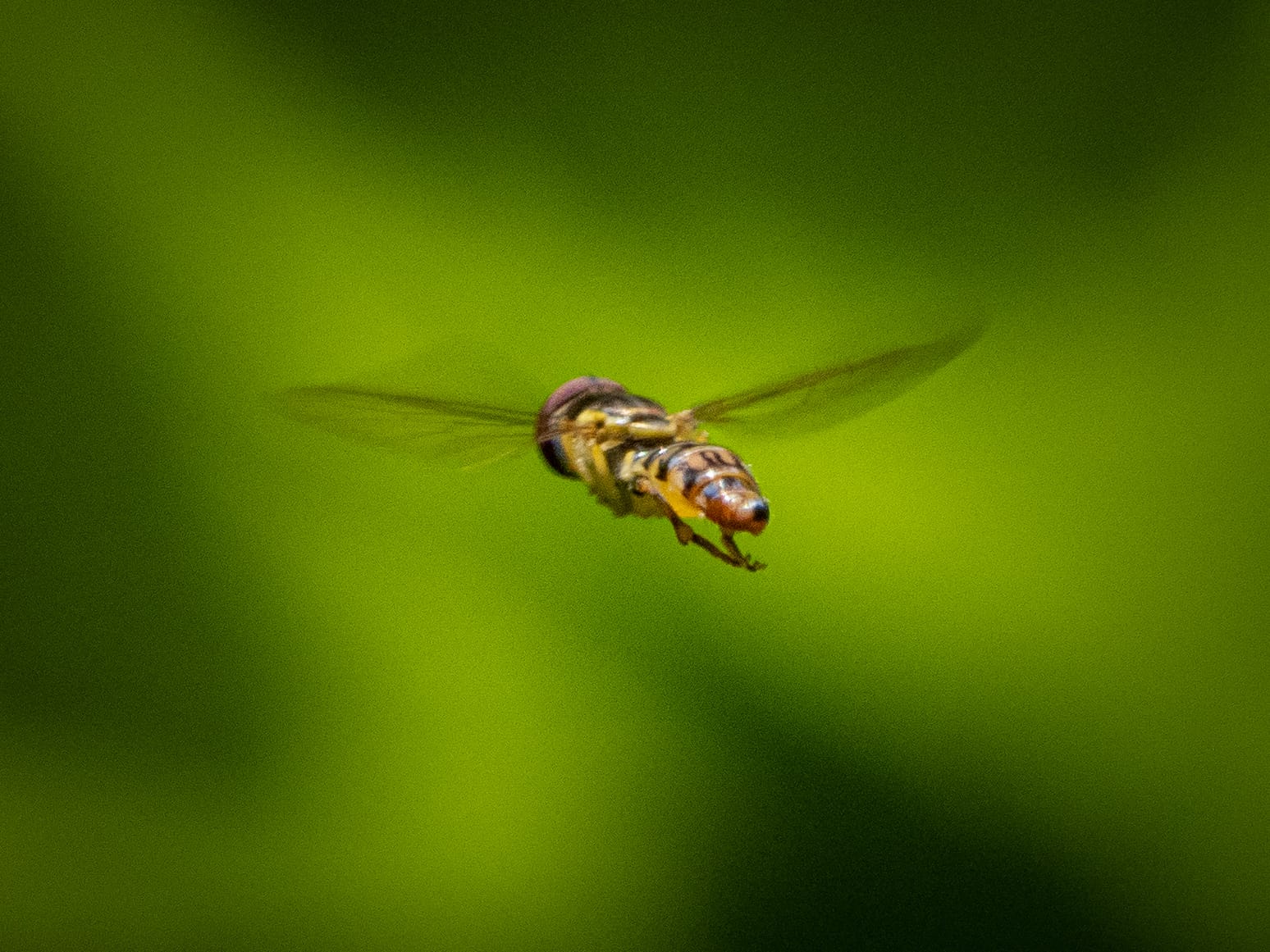
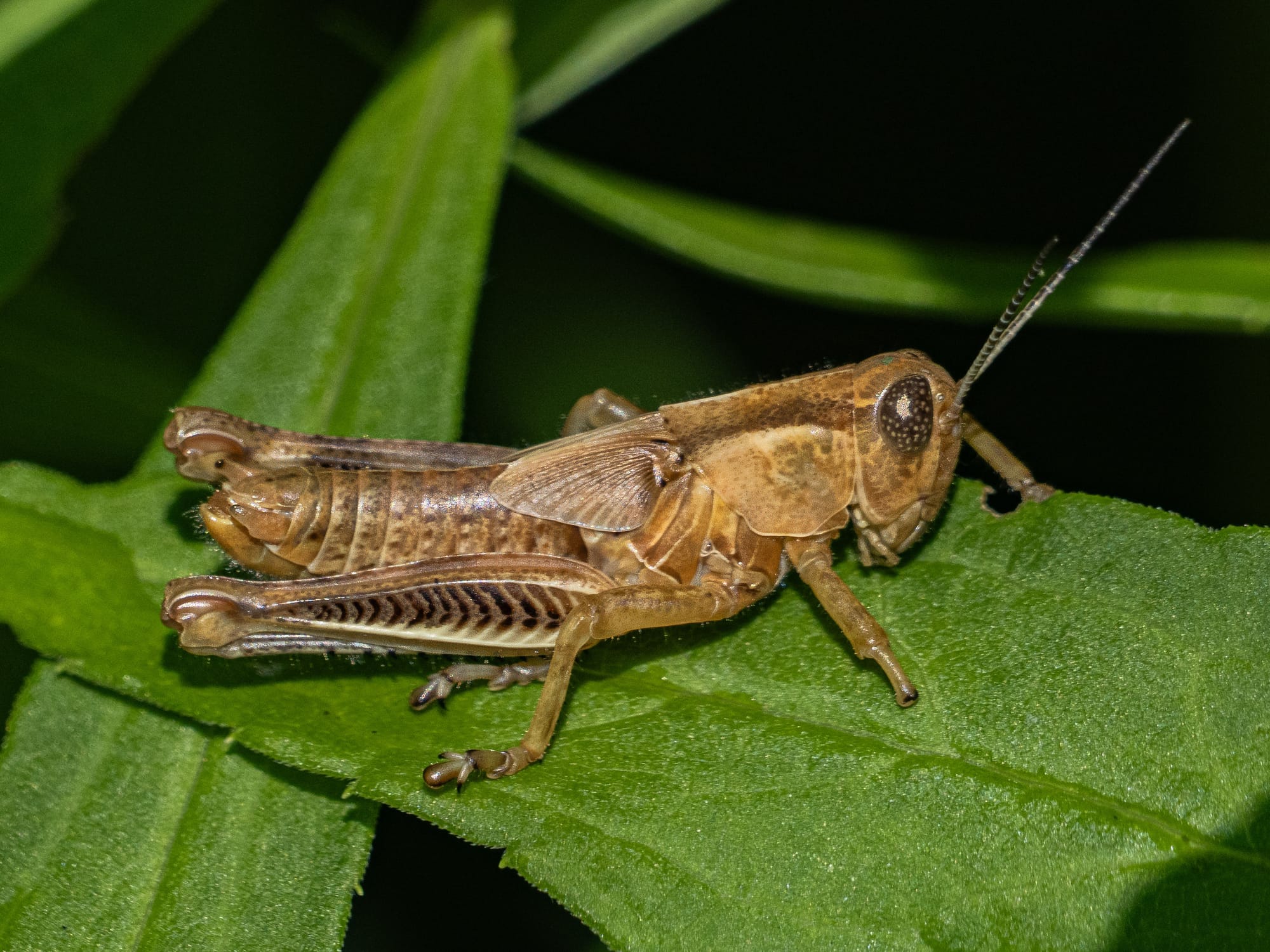
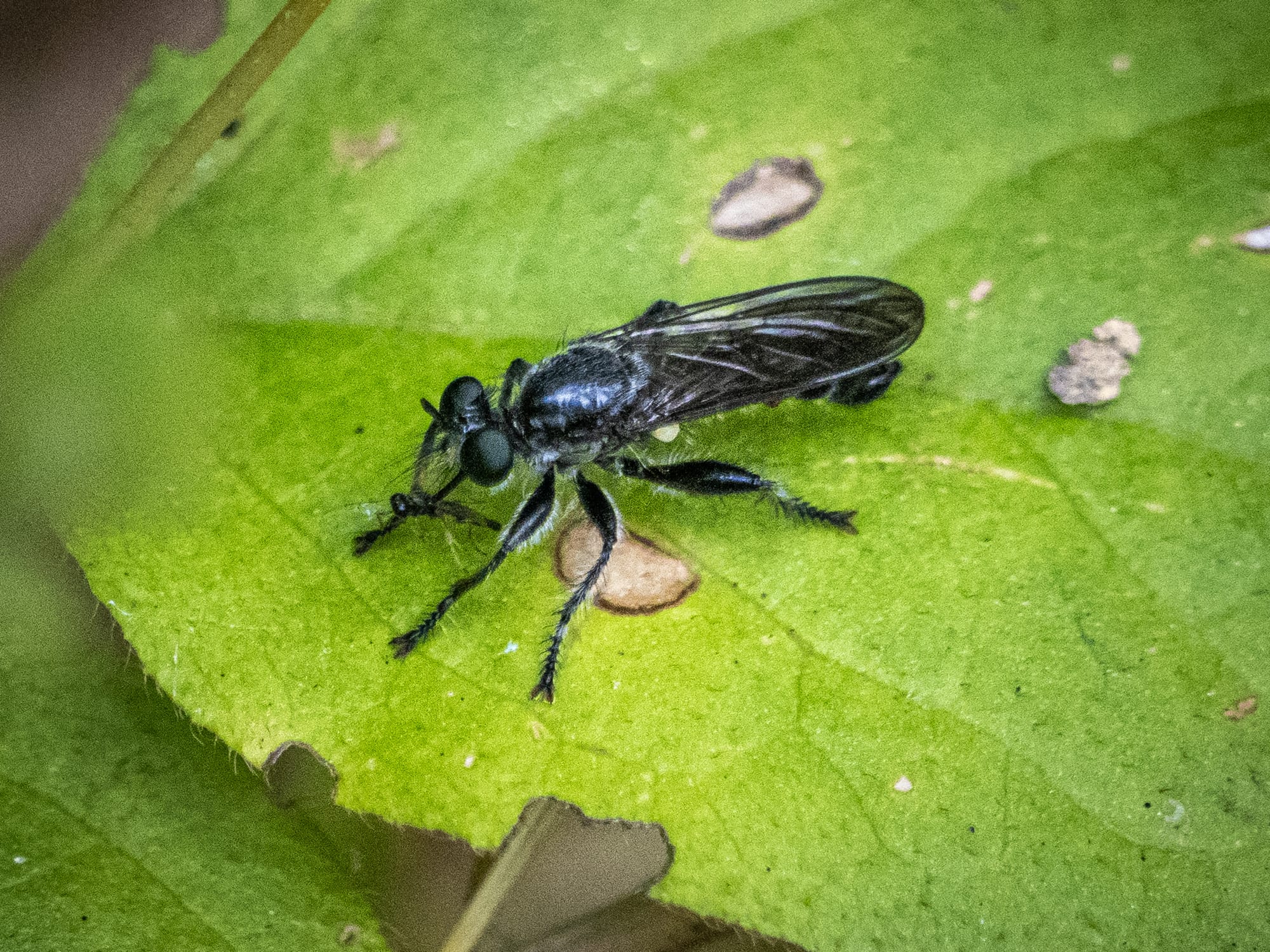
Calligrapher Fly, Differential Grasshopper nymph ( it takes a few stages for a nymph to become a fully-formed adult), and a Robber Fly.
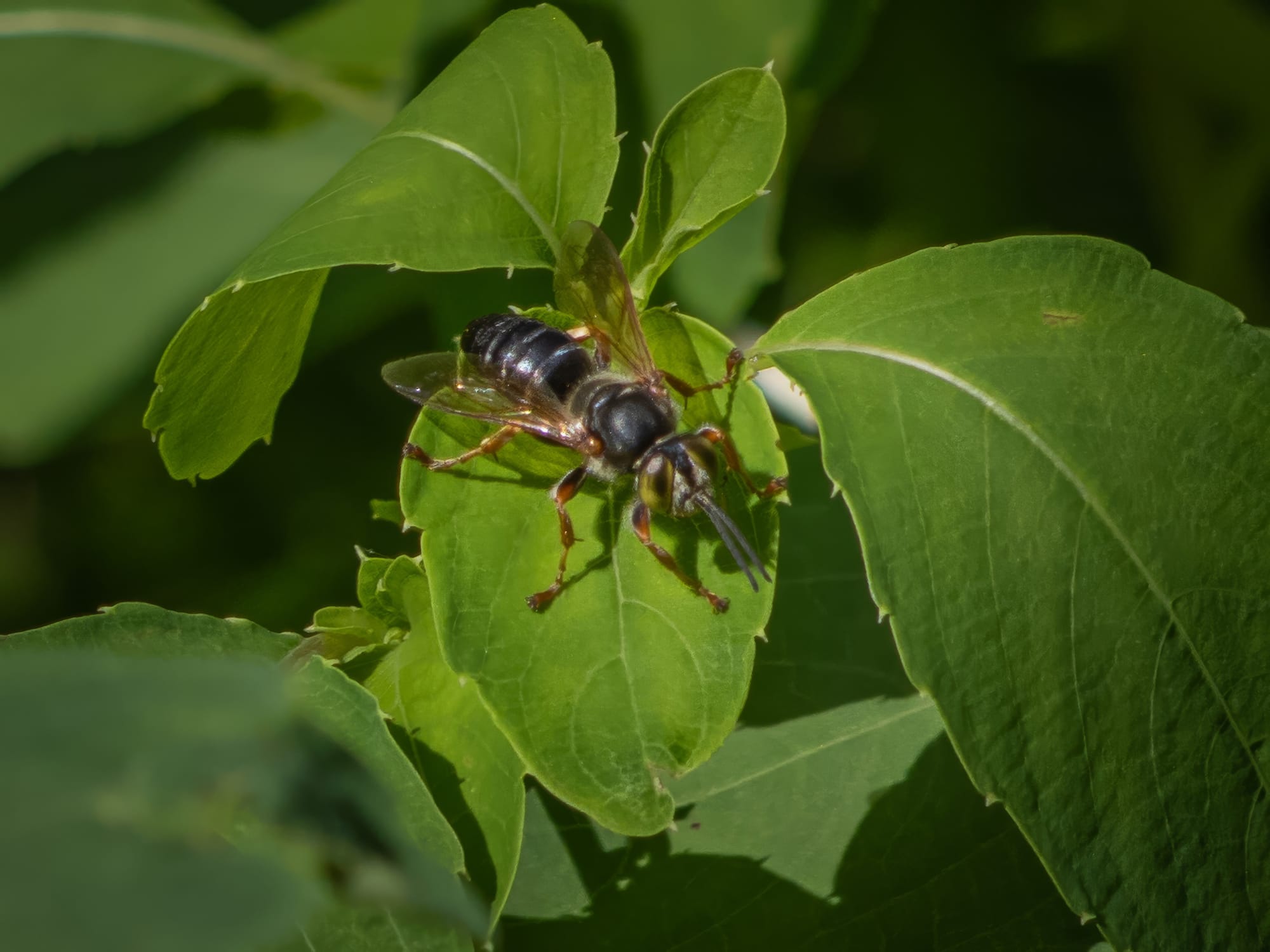
The closer you look, the more you'll see...
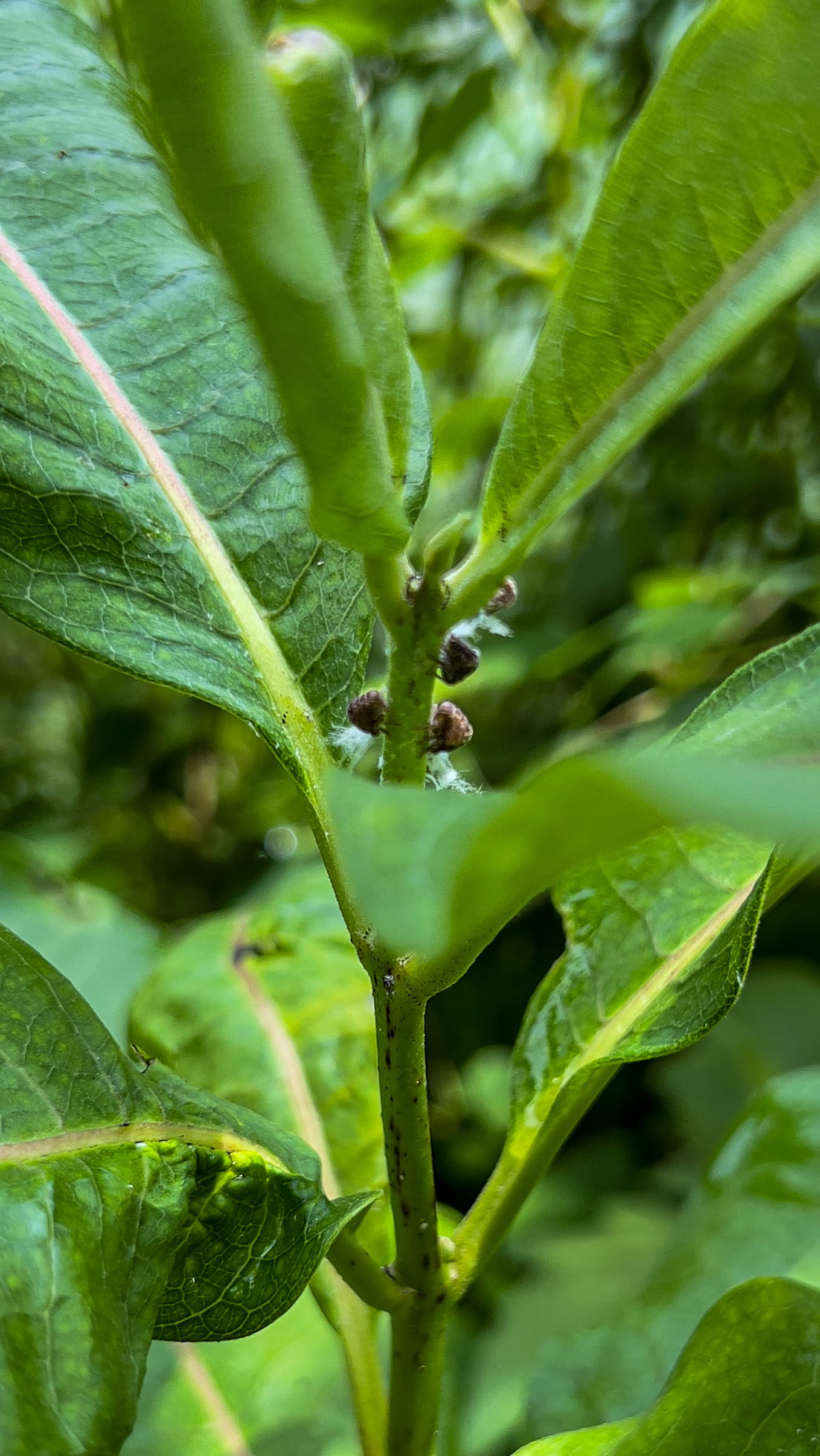
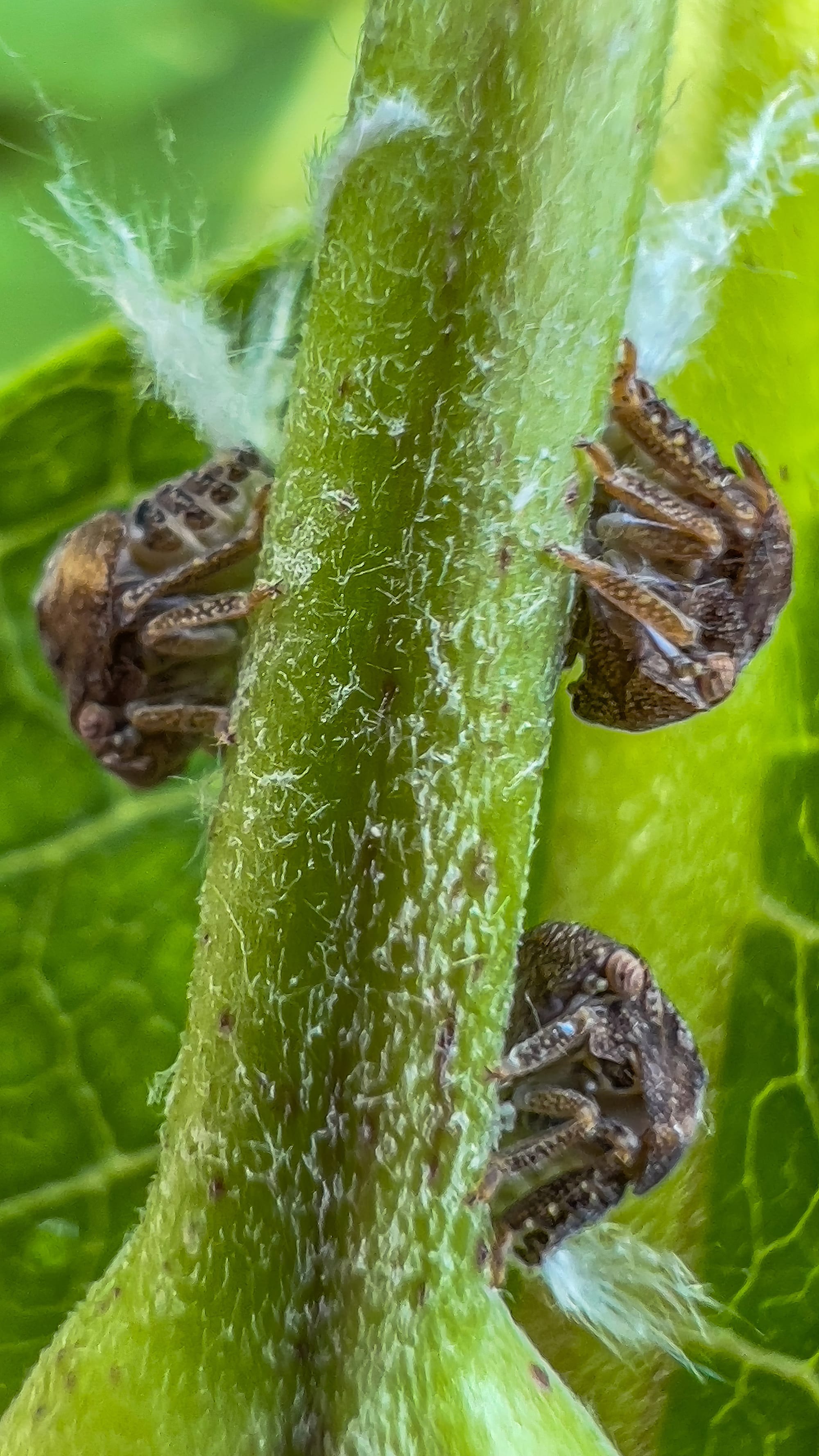

Milkweed Plants are home to a number of insects, including the Two-striped Planthopper. These tiny insects begin life as tinier nymphs. I keep my eyes open for things like this, and spotted something on the stalk of a milkweed plant, a closer look revealed the planthopper nymphs and their strange feathery tails. The great photo of the adult is from a generous iNaturalist observer photo credit.
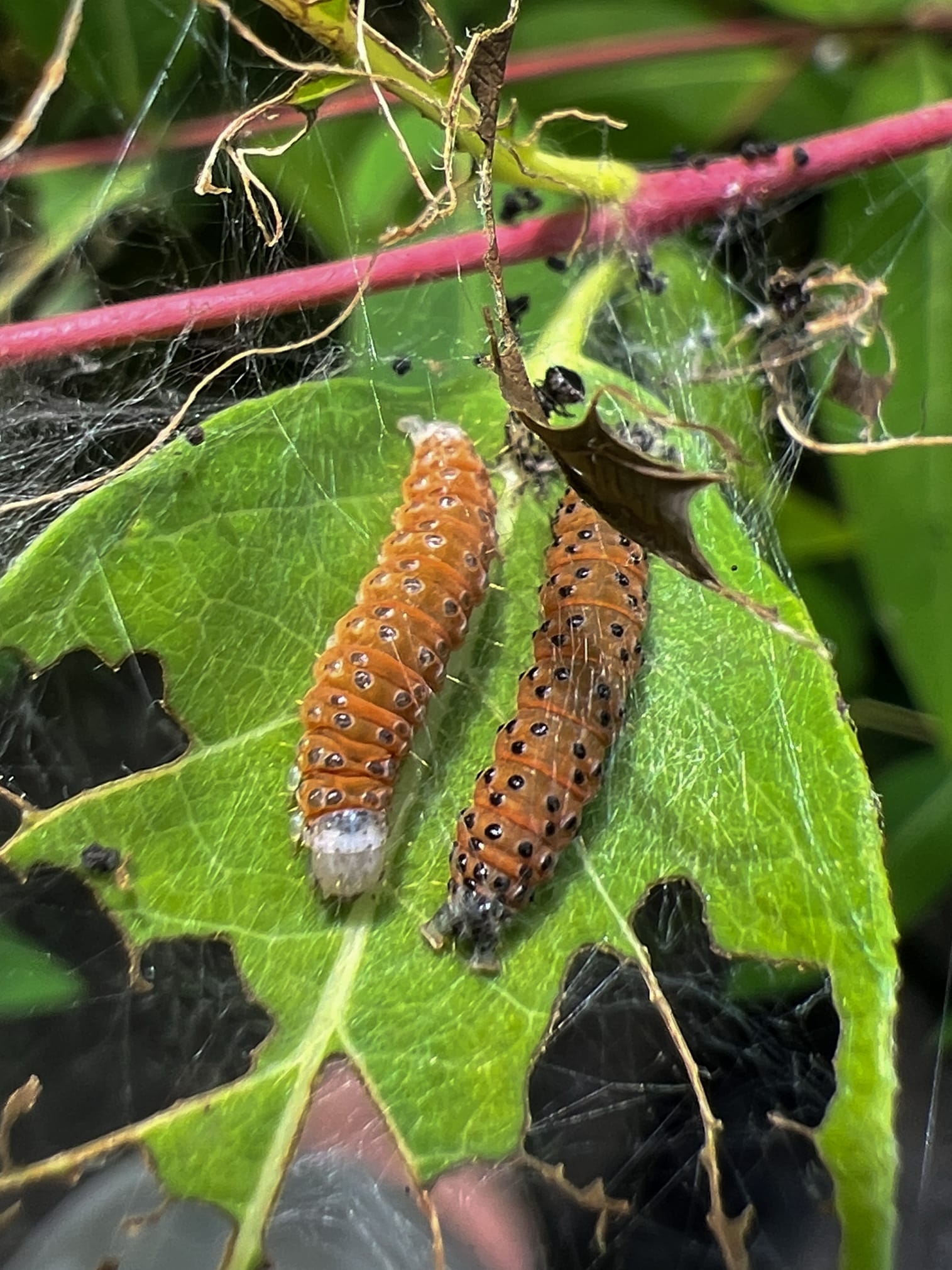
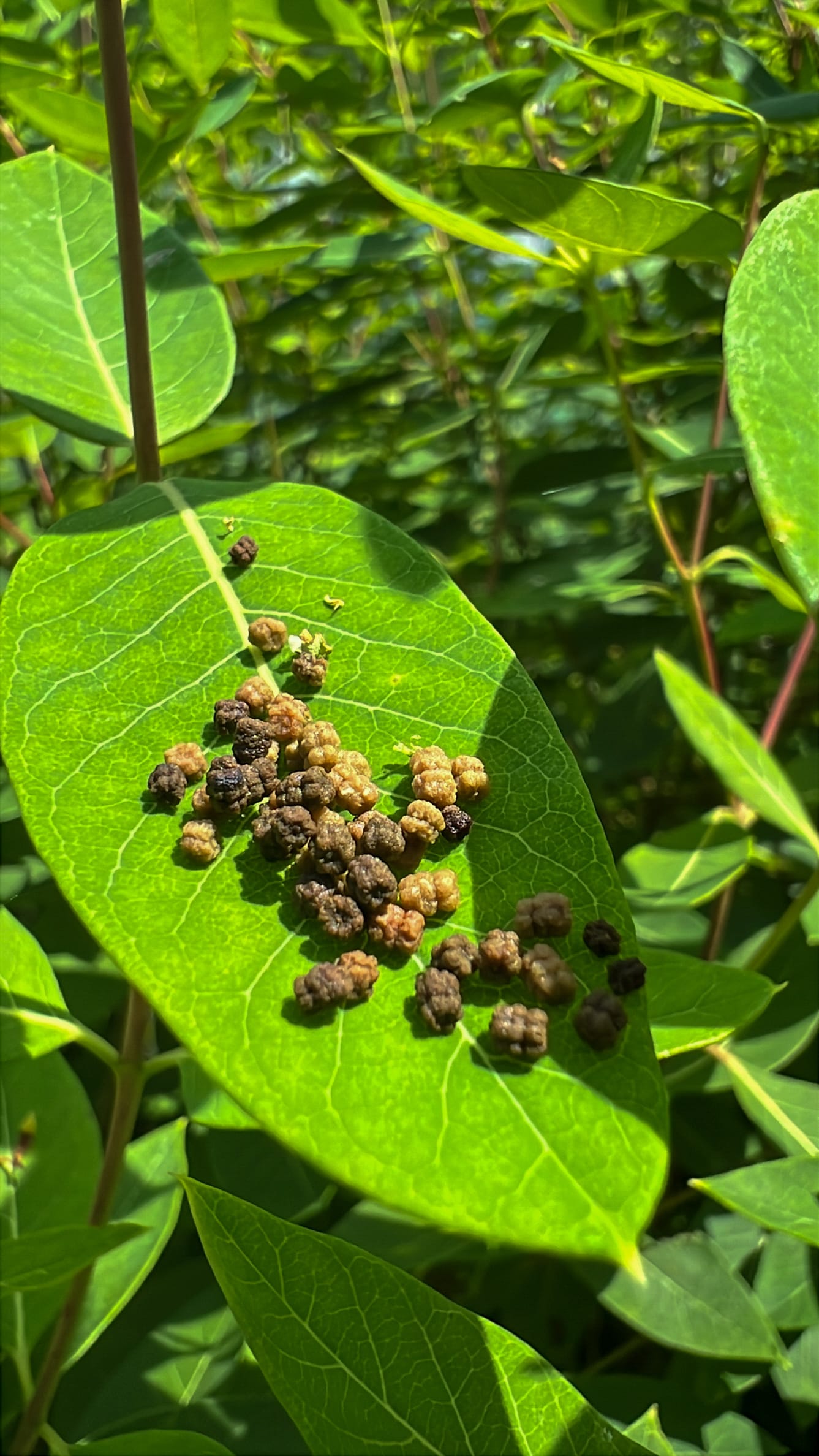
I spotted these caterpillars of the Dogbane Saucrobotys Moth on a Hemp Dogbane plant, and found caterpillar frass (poop) on the leaf of another Hemp Dogbane a few days later. The frass is leading my unscientific survey as the cutest poop in the park.

